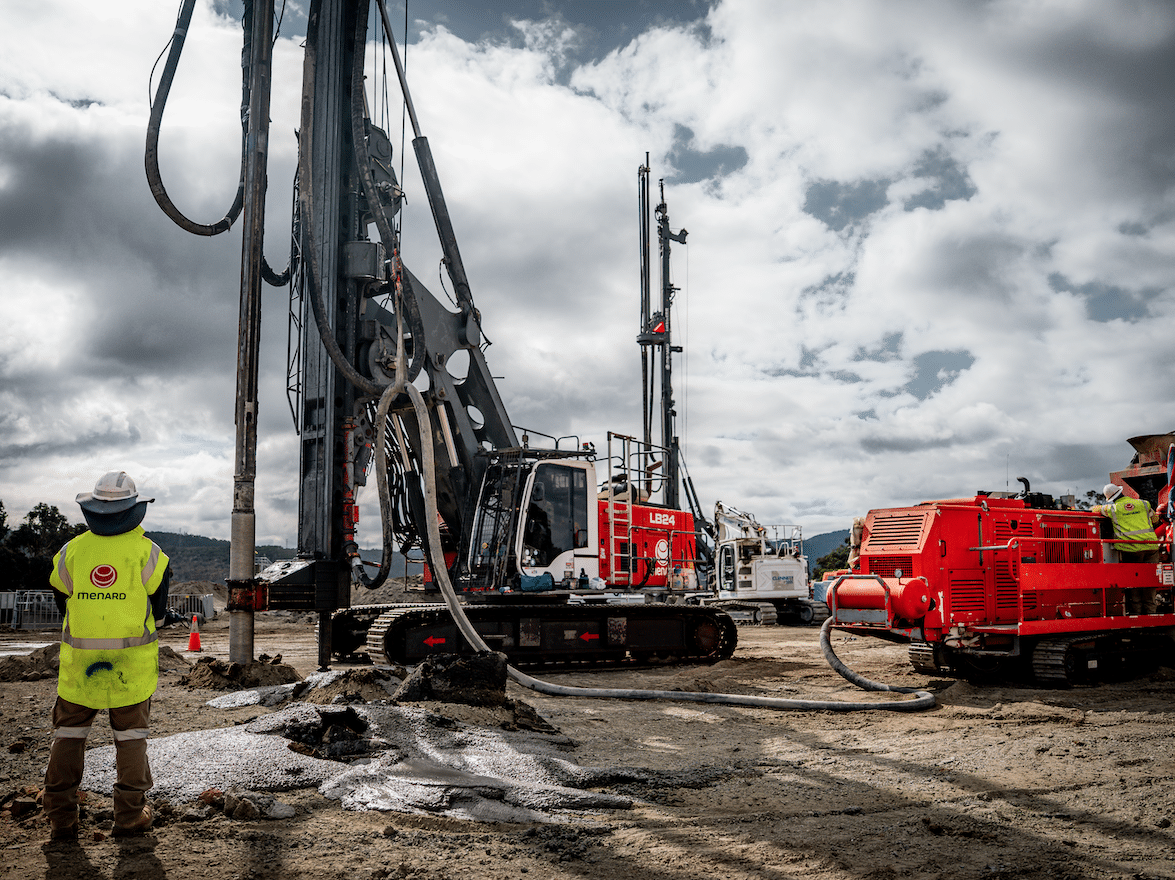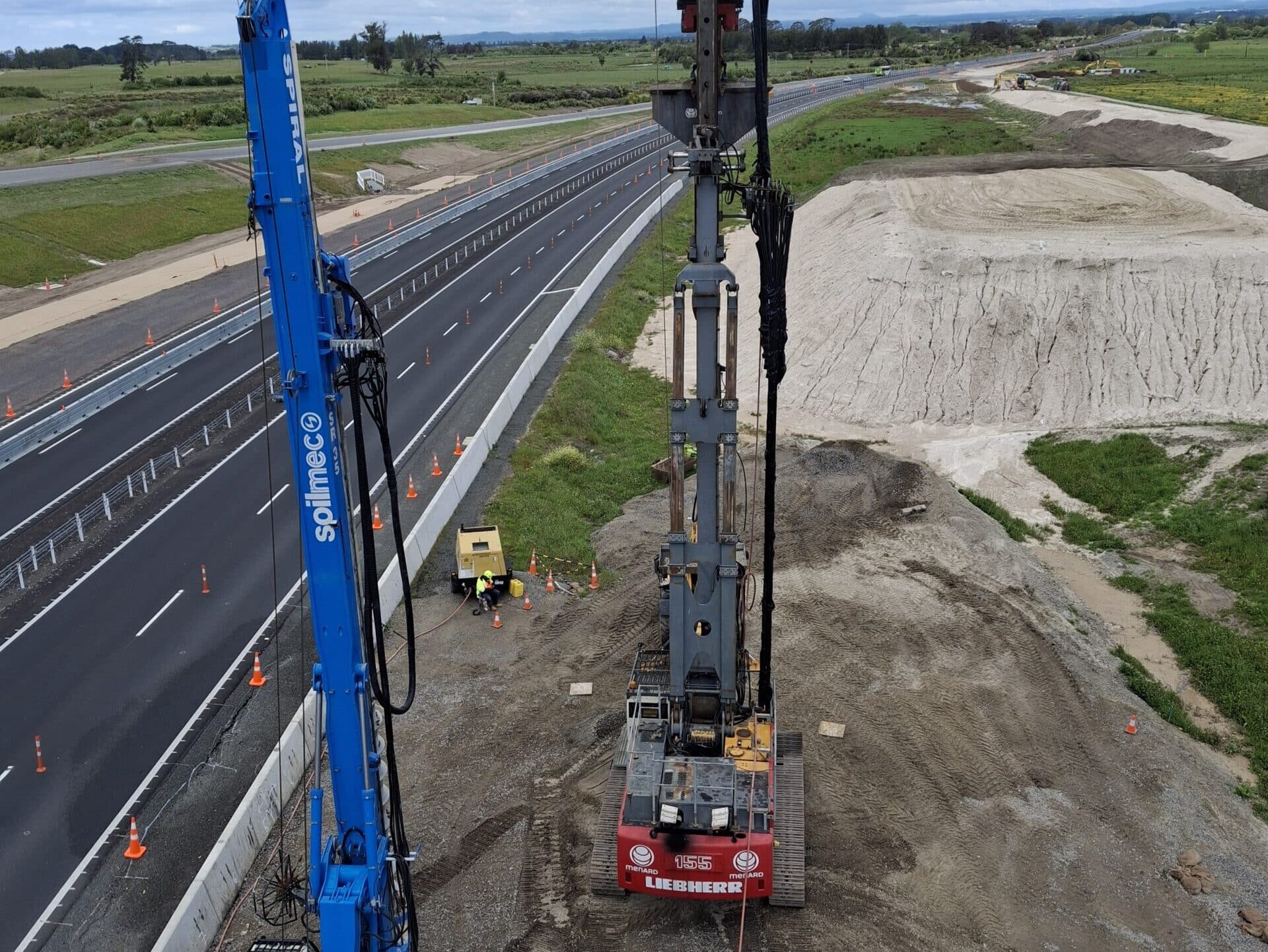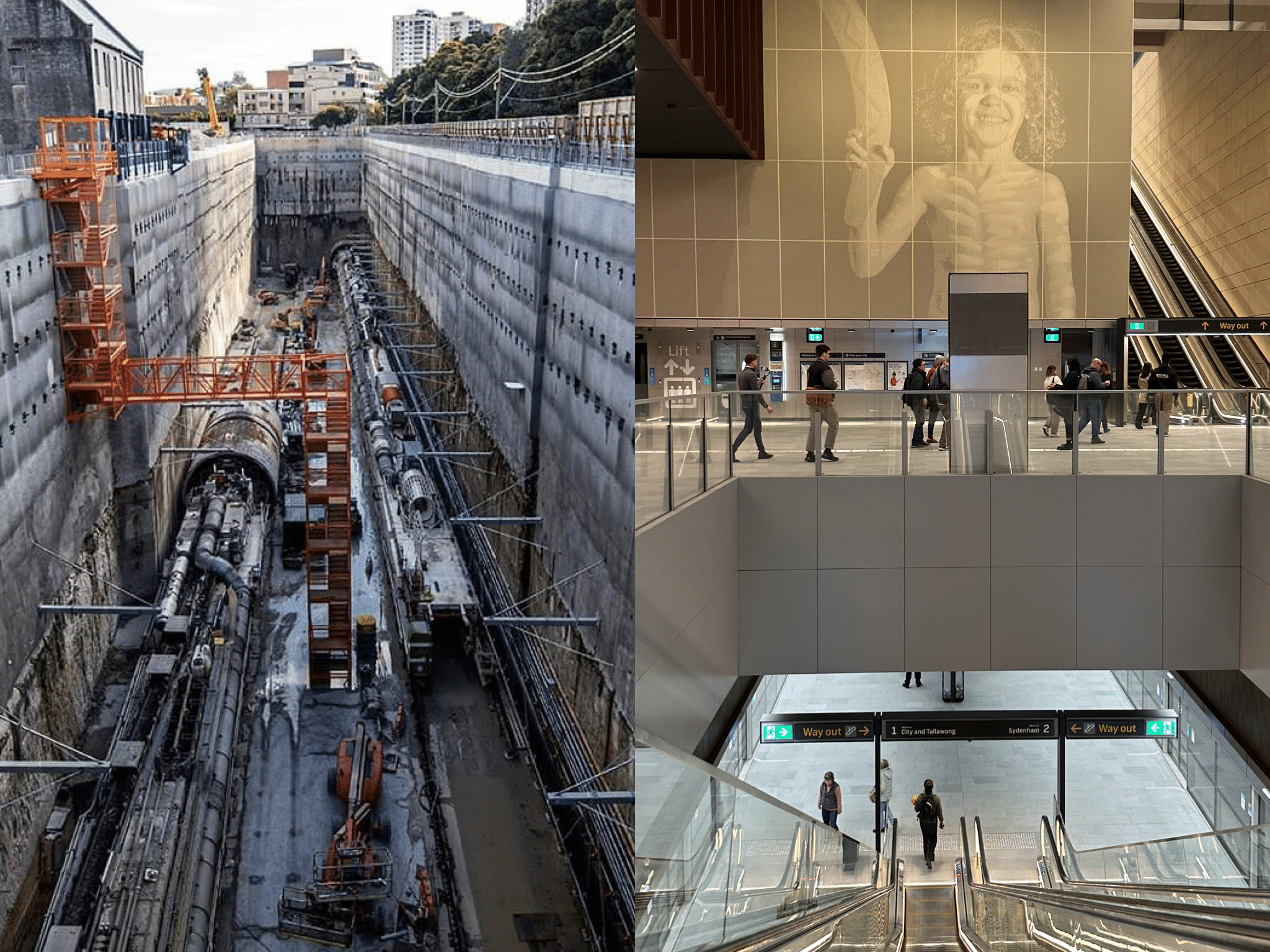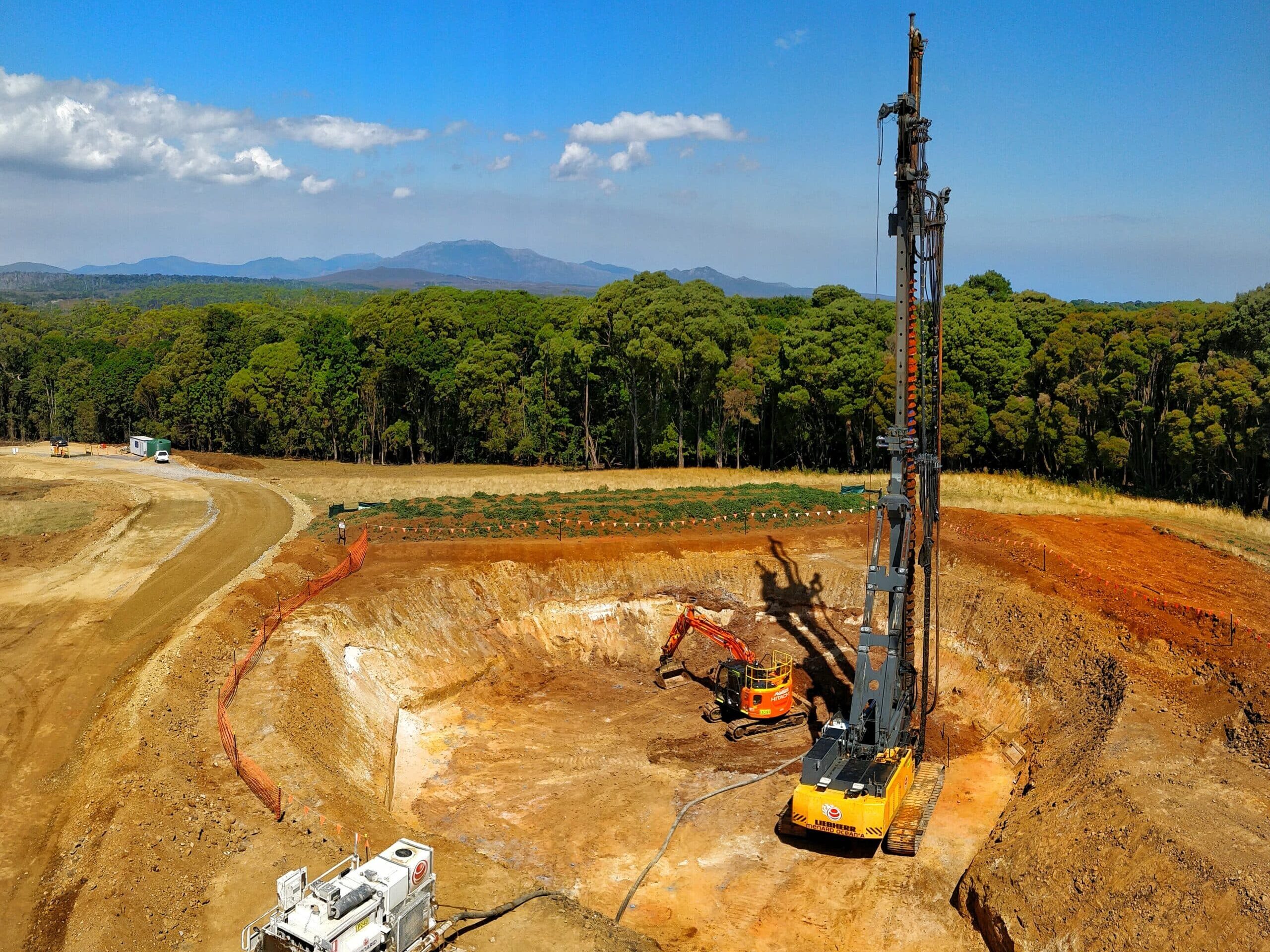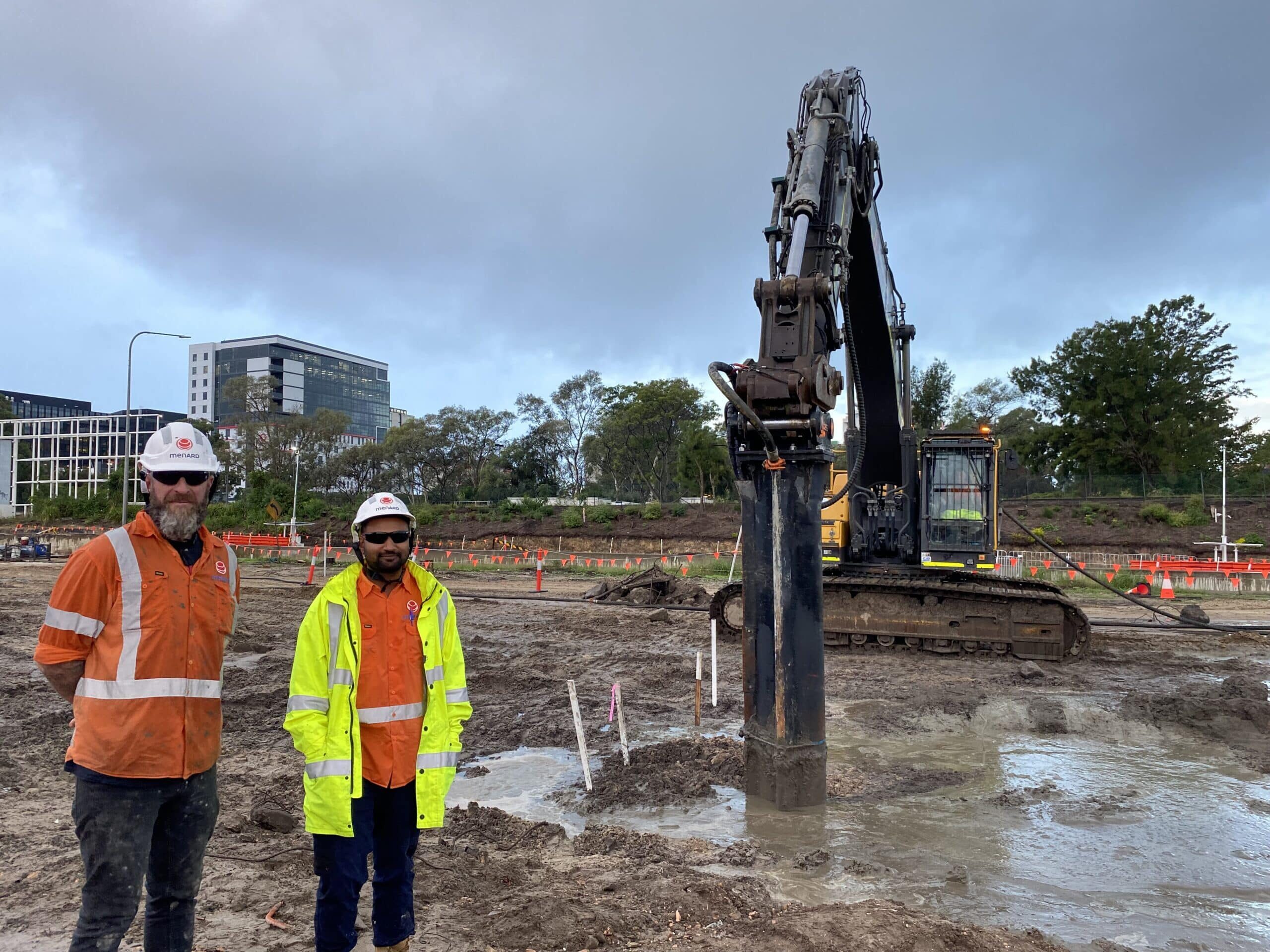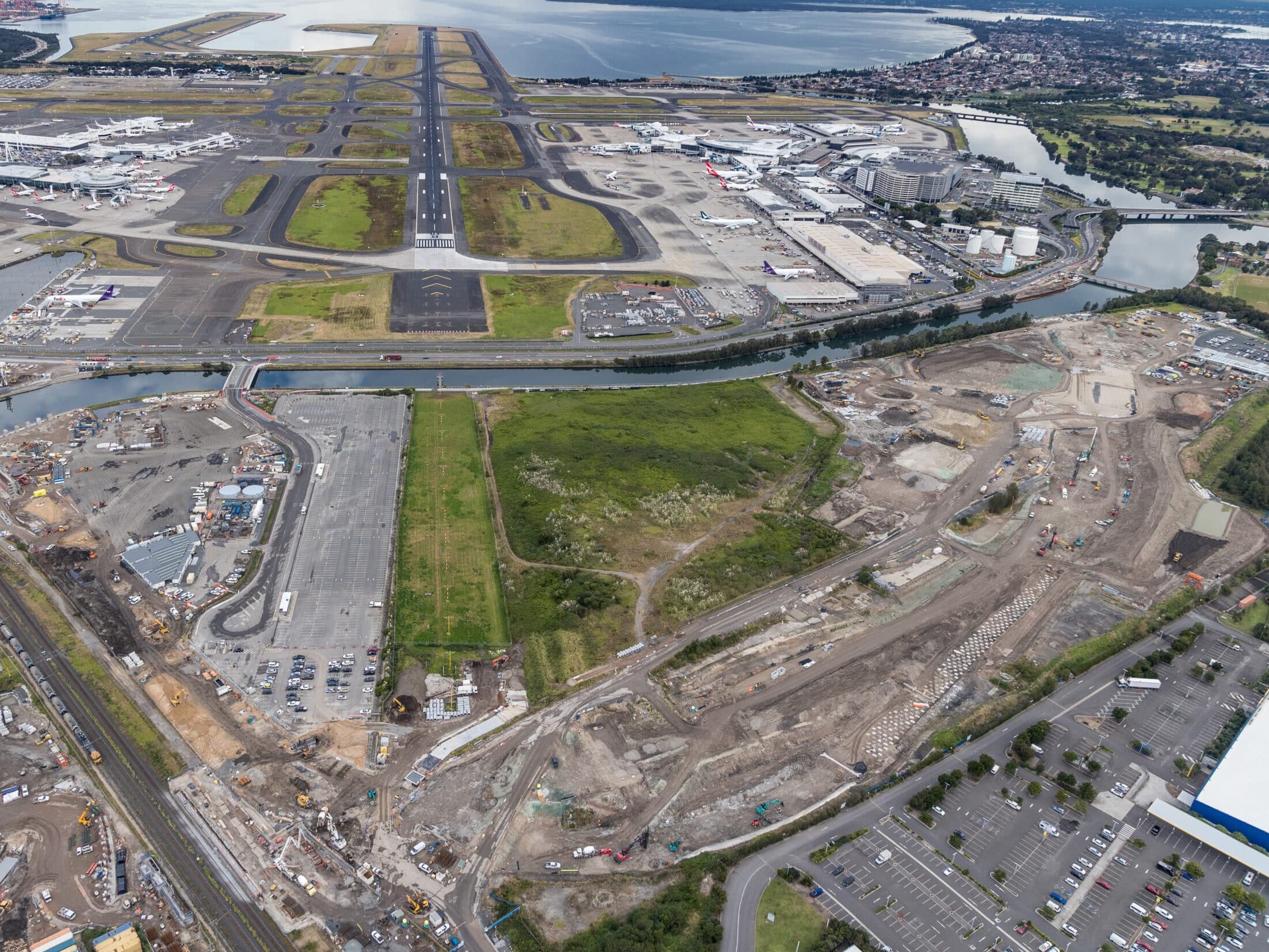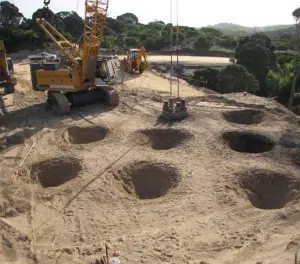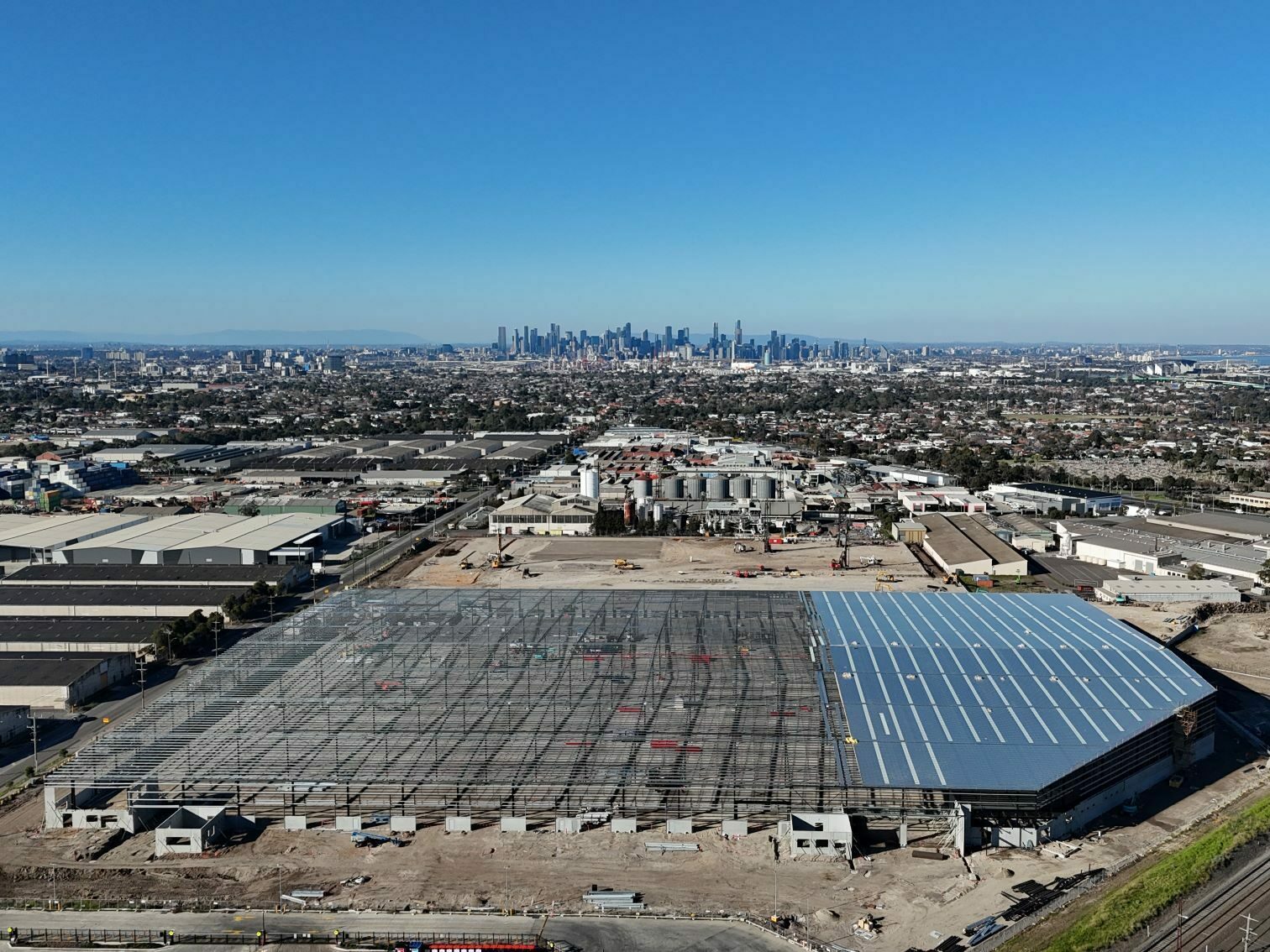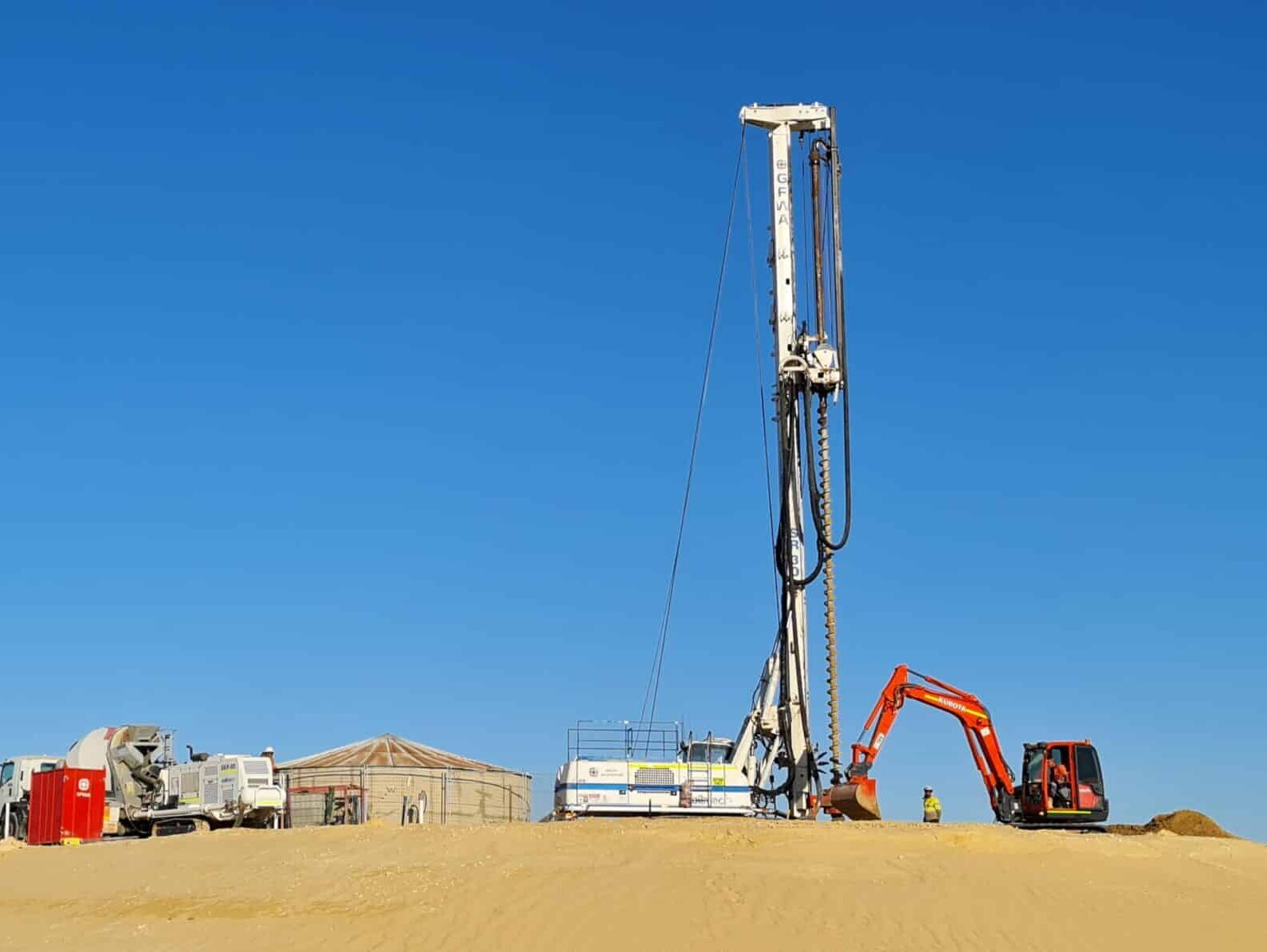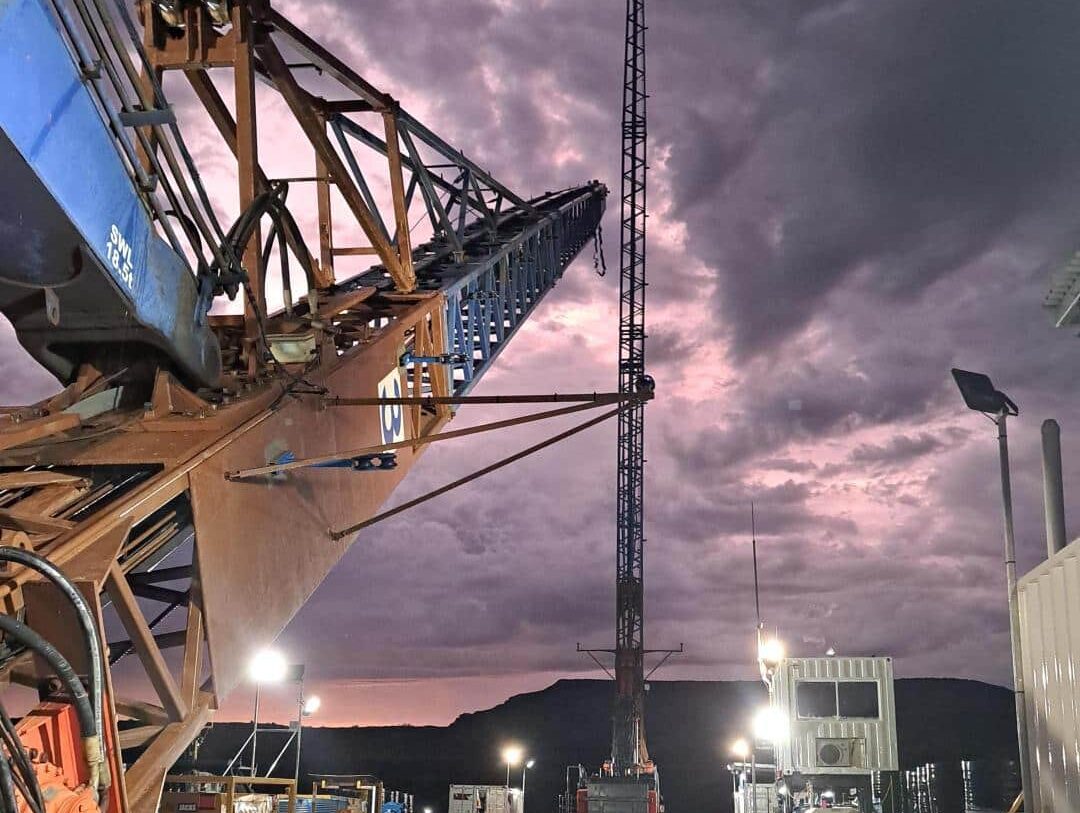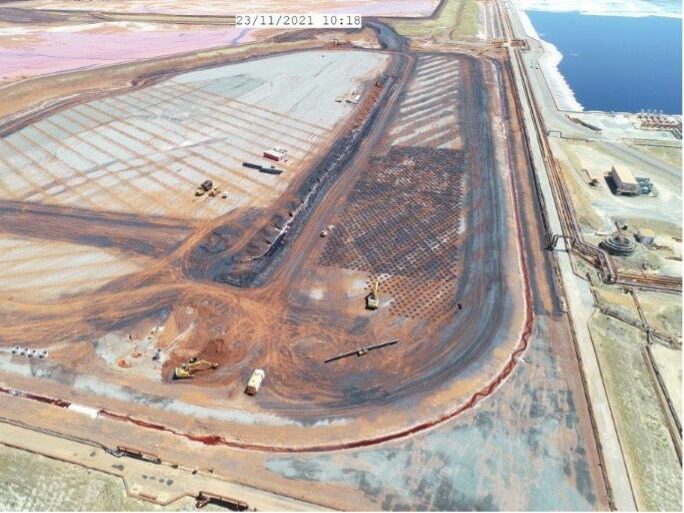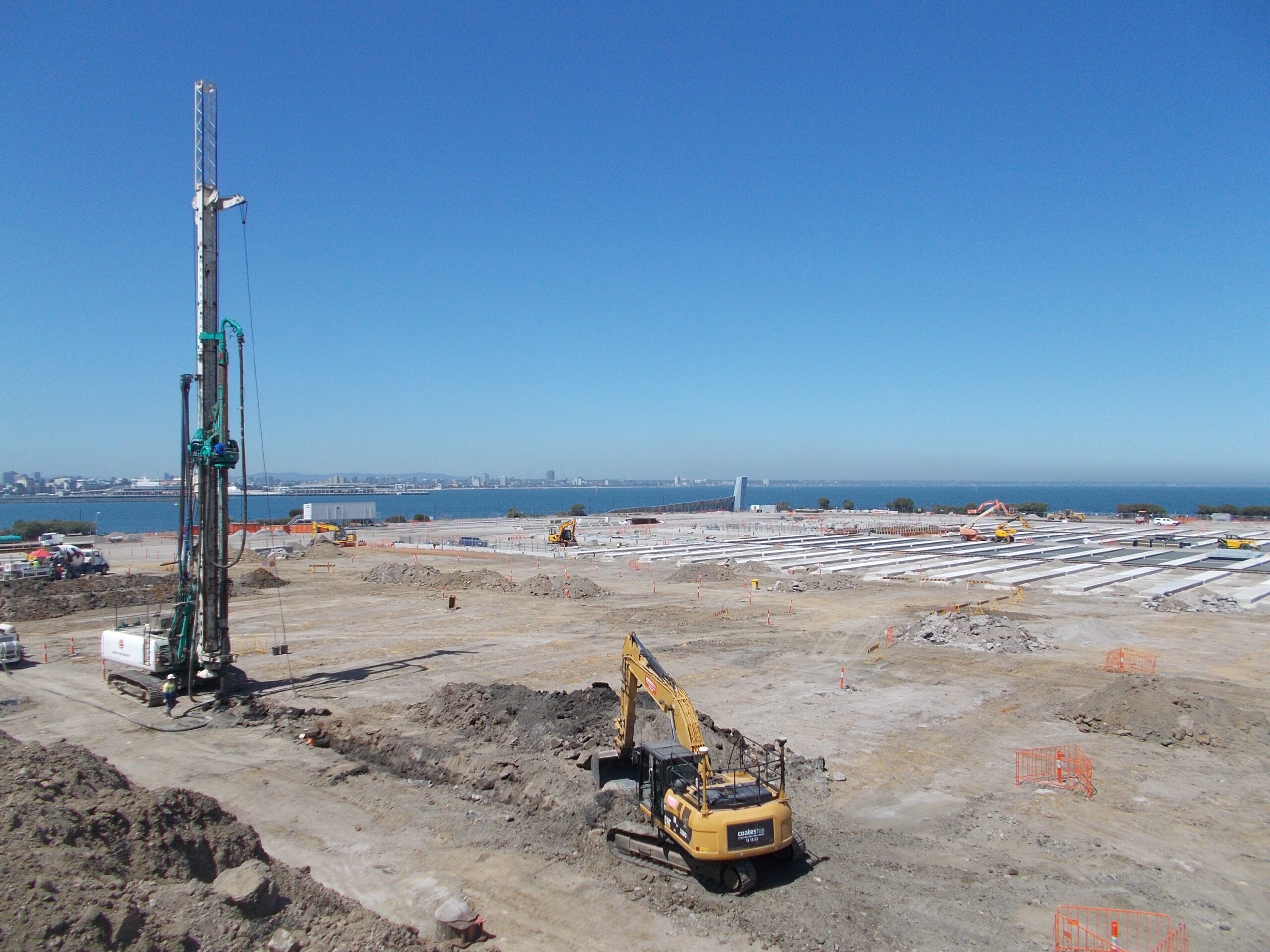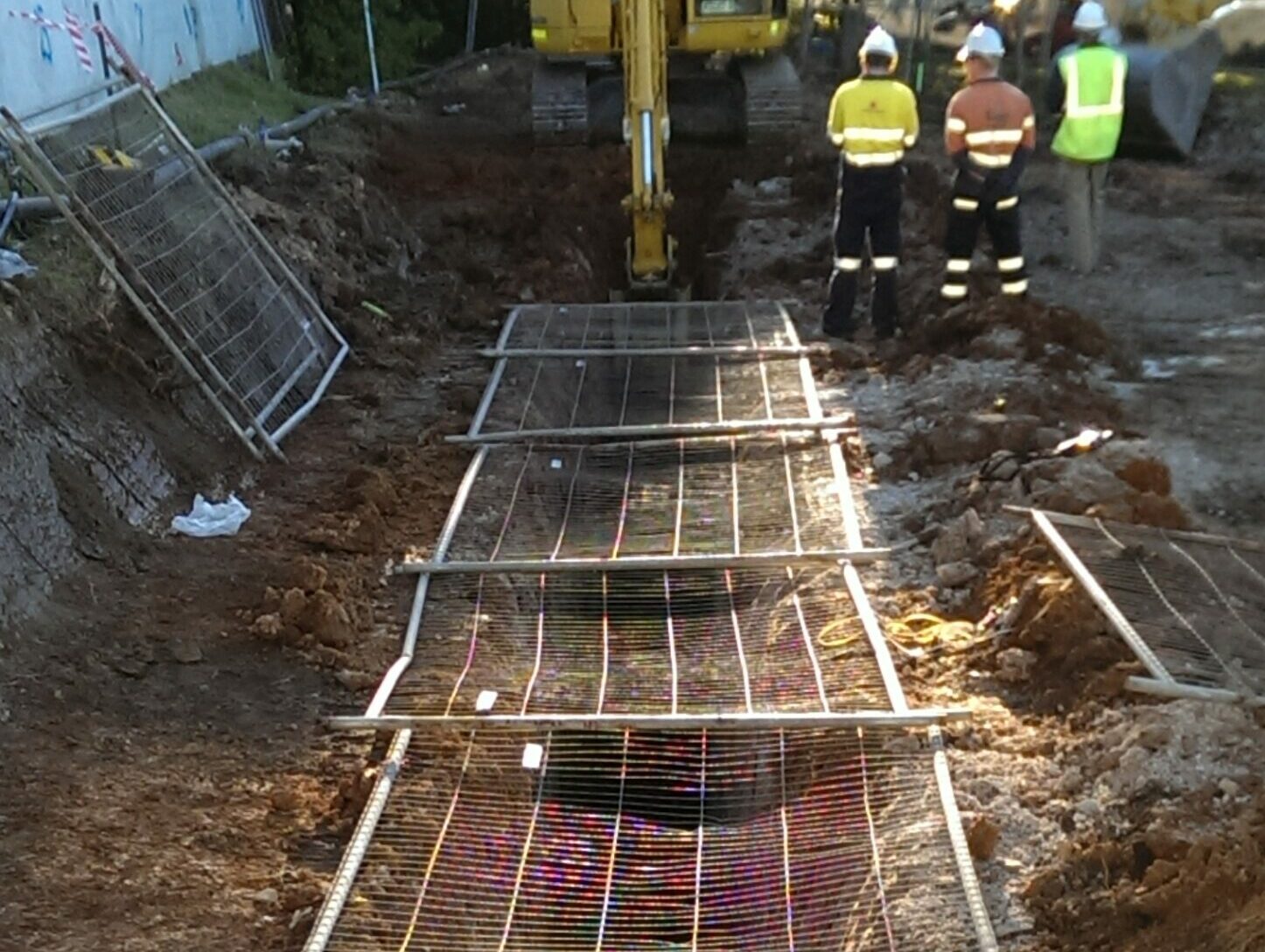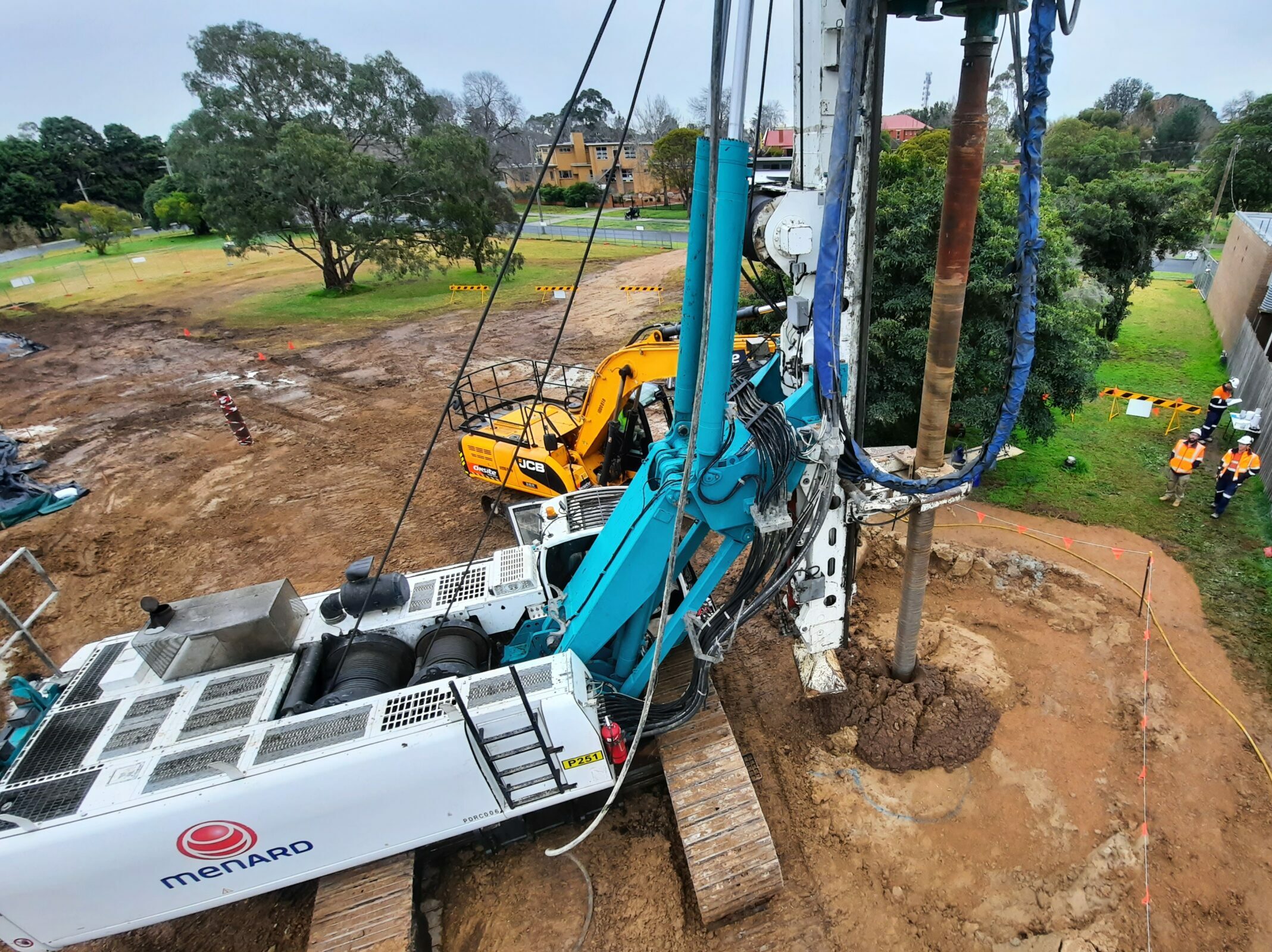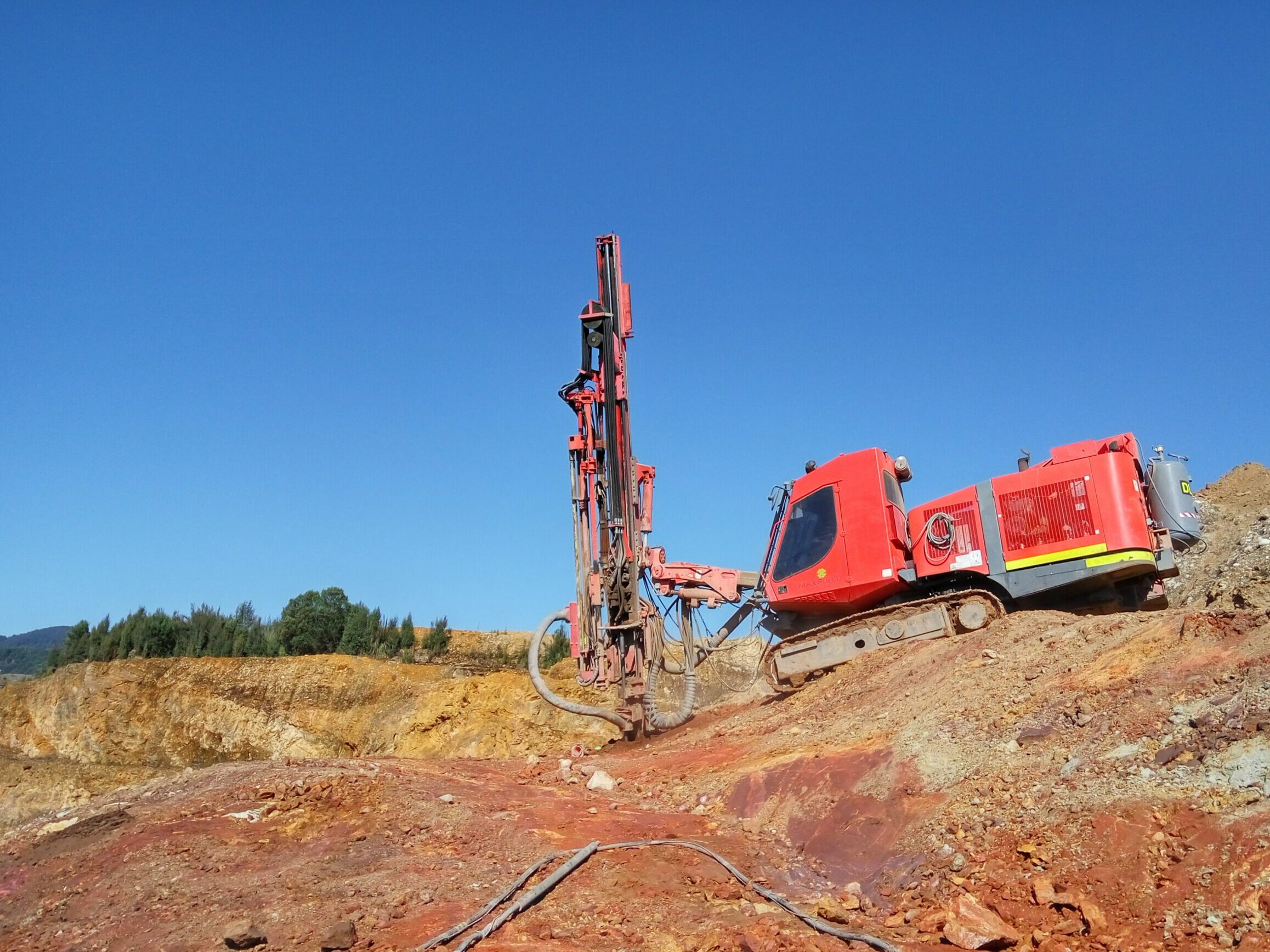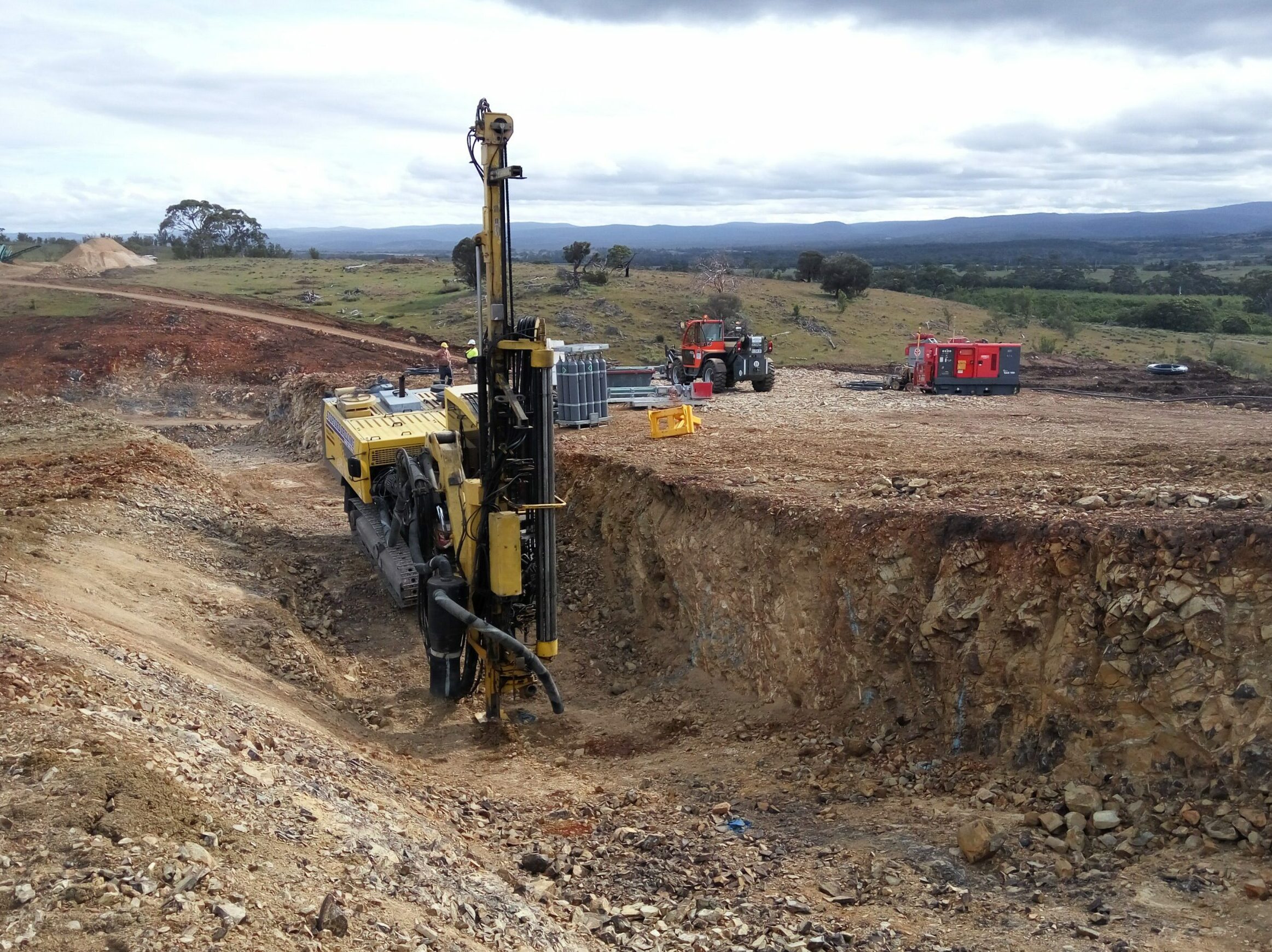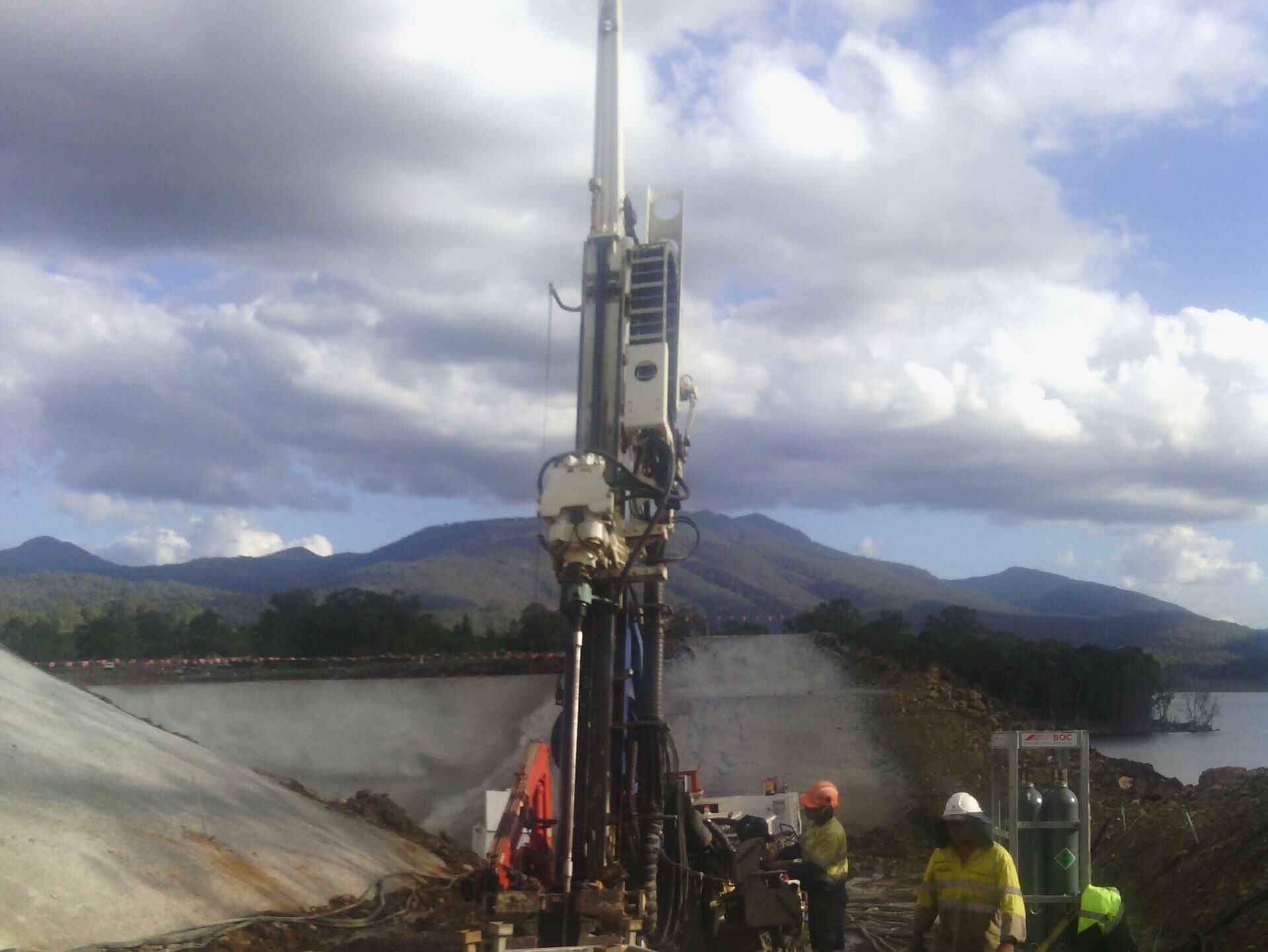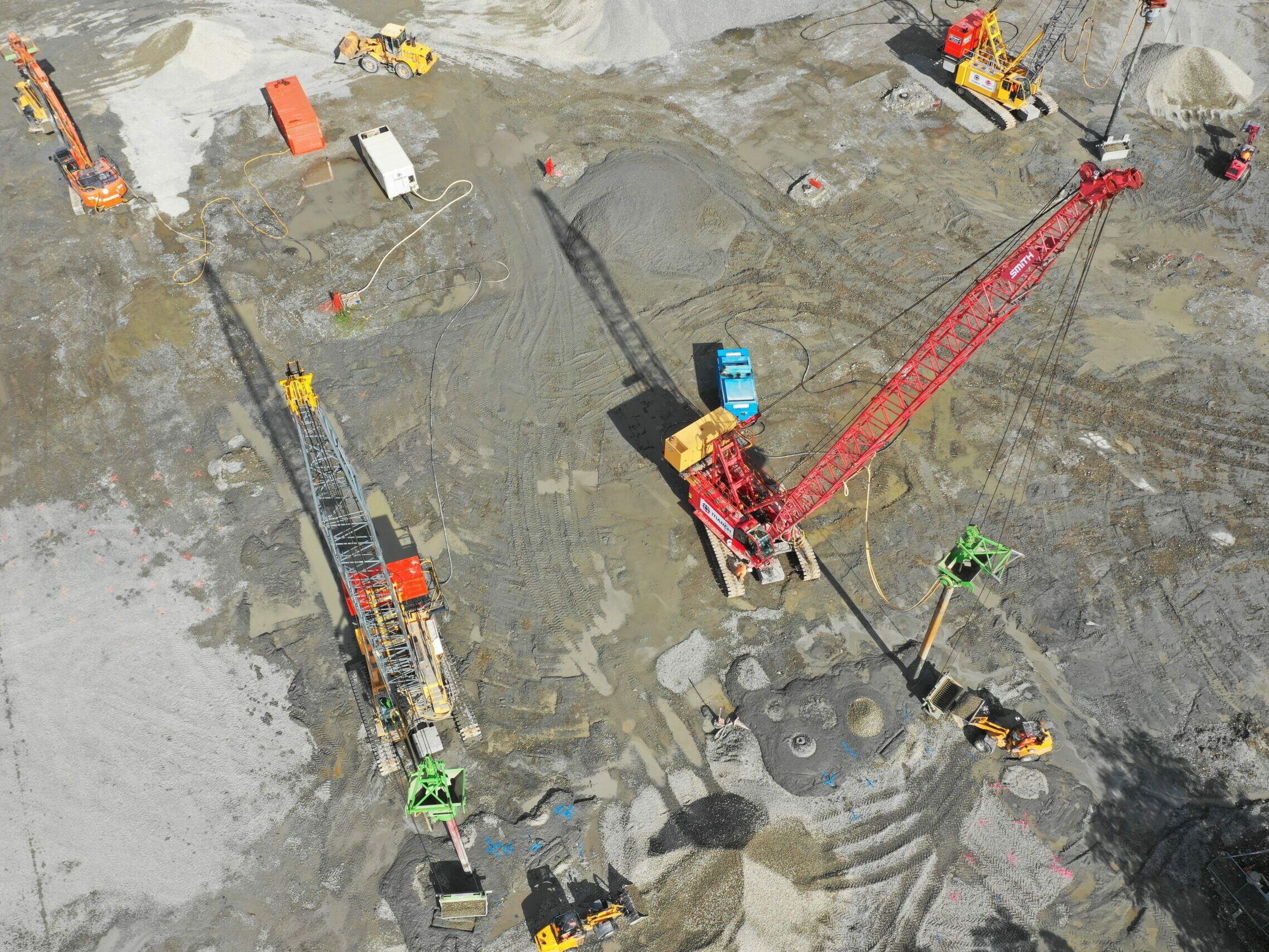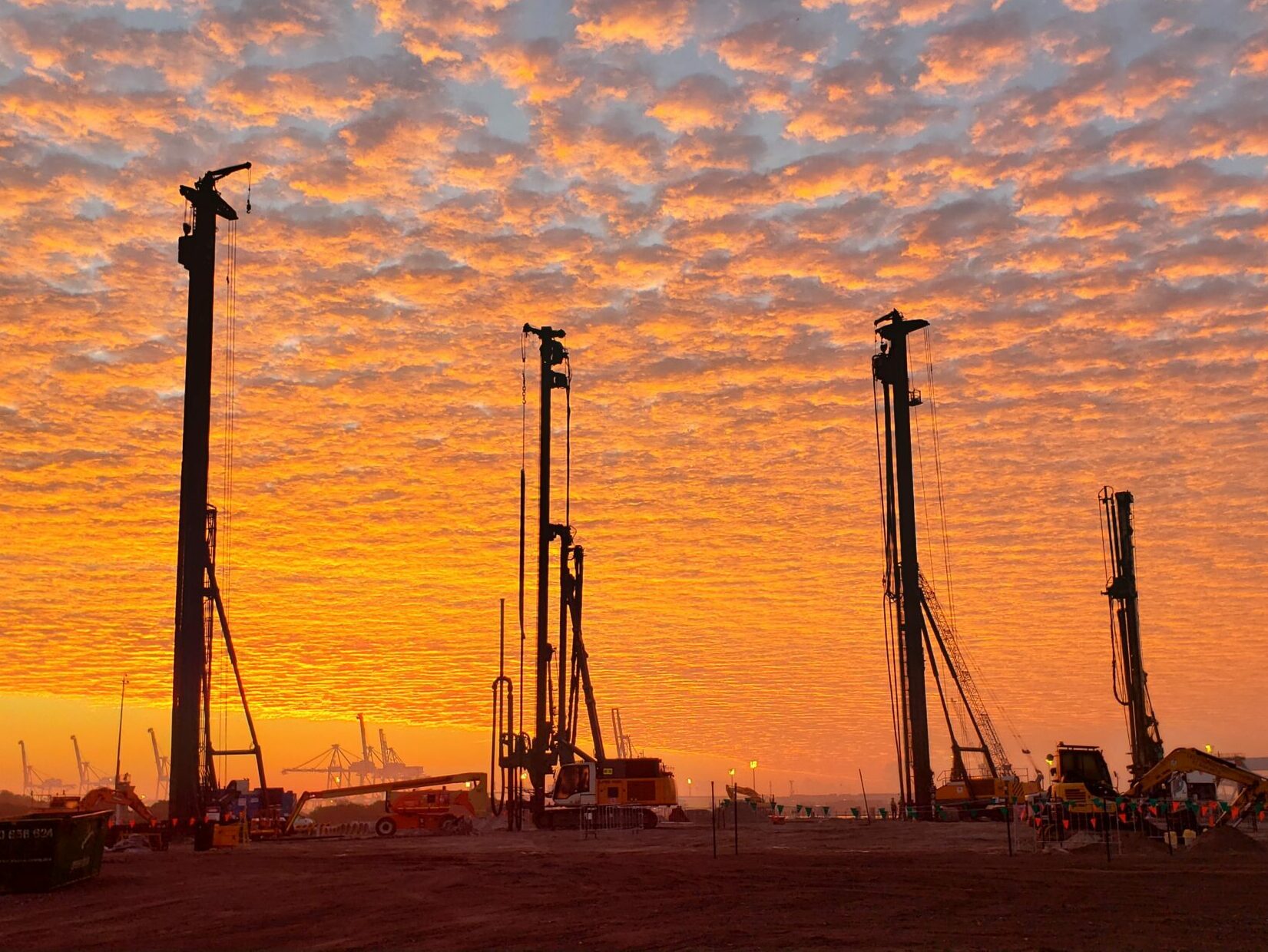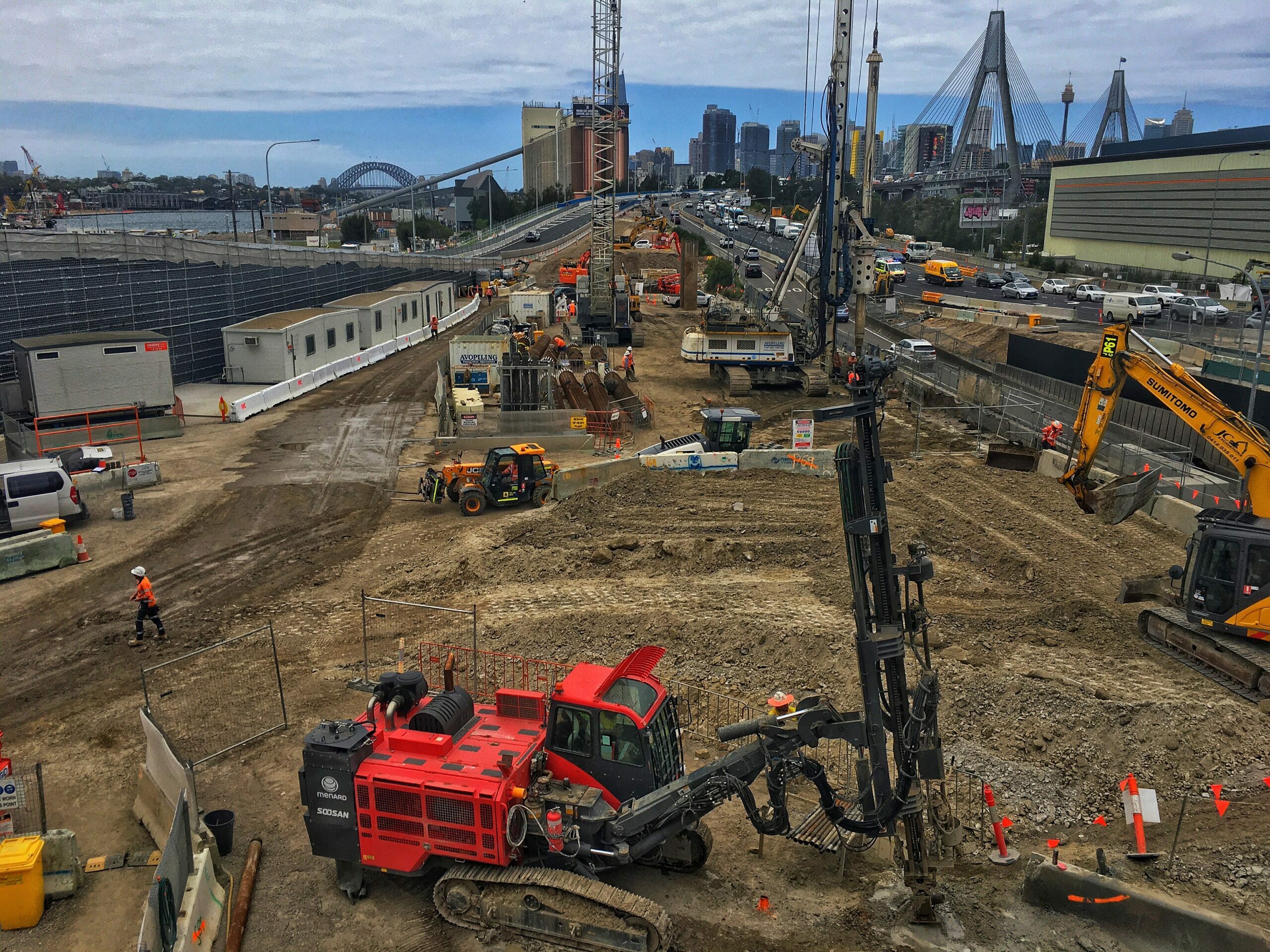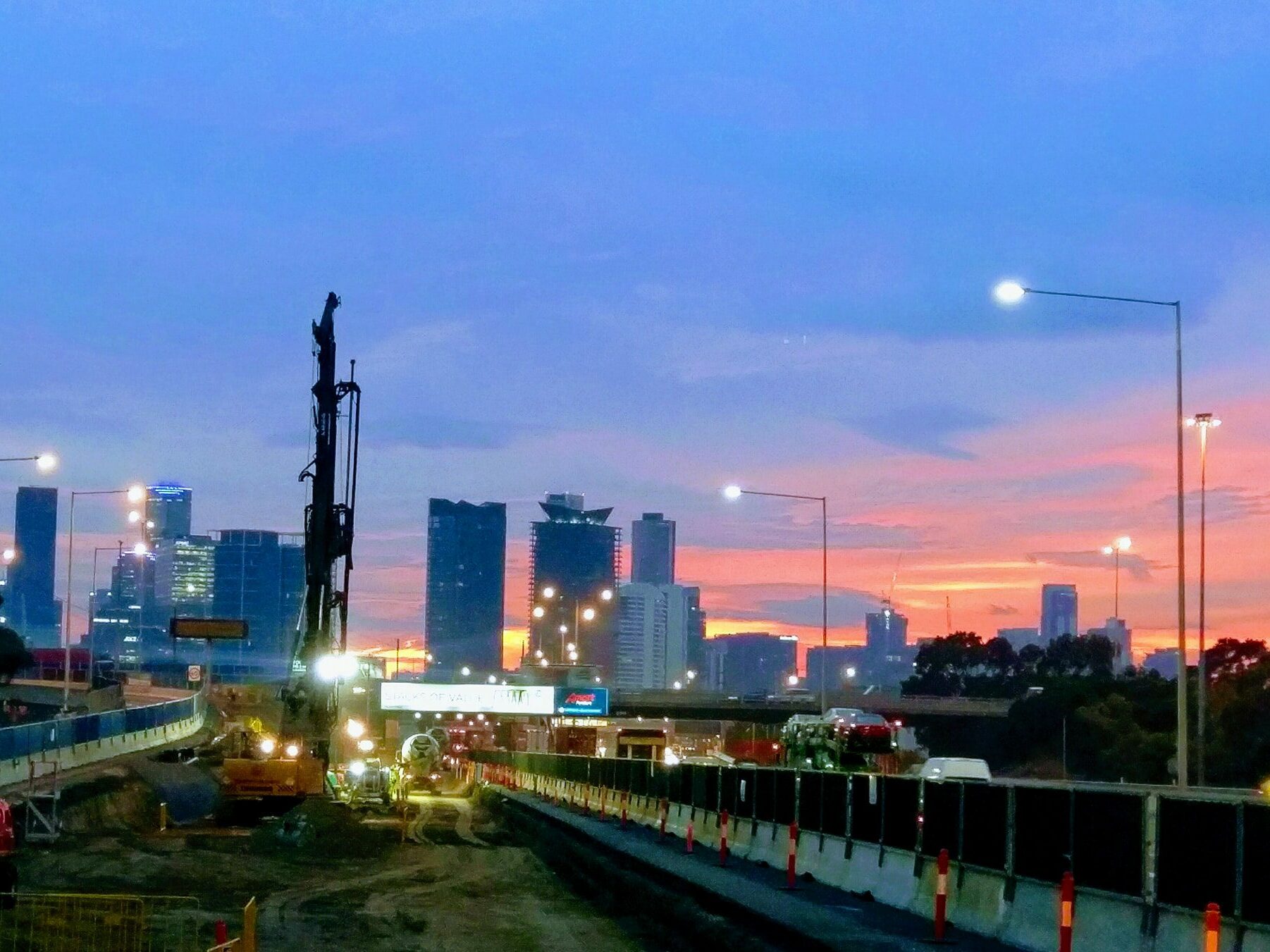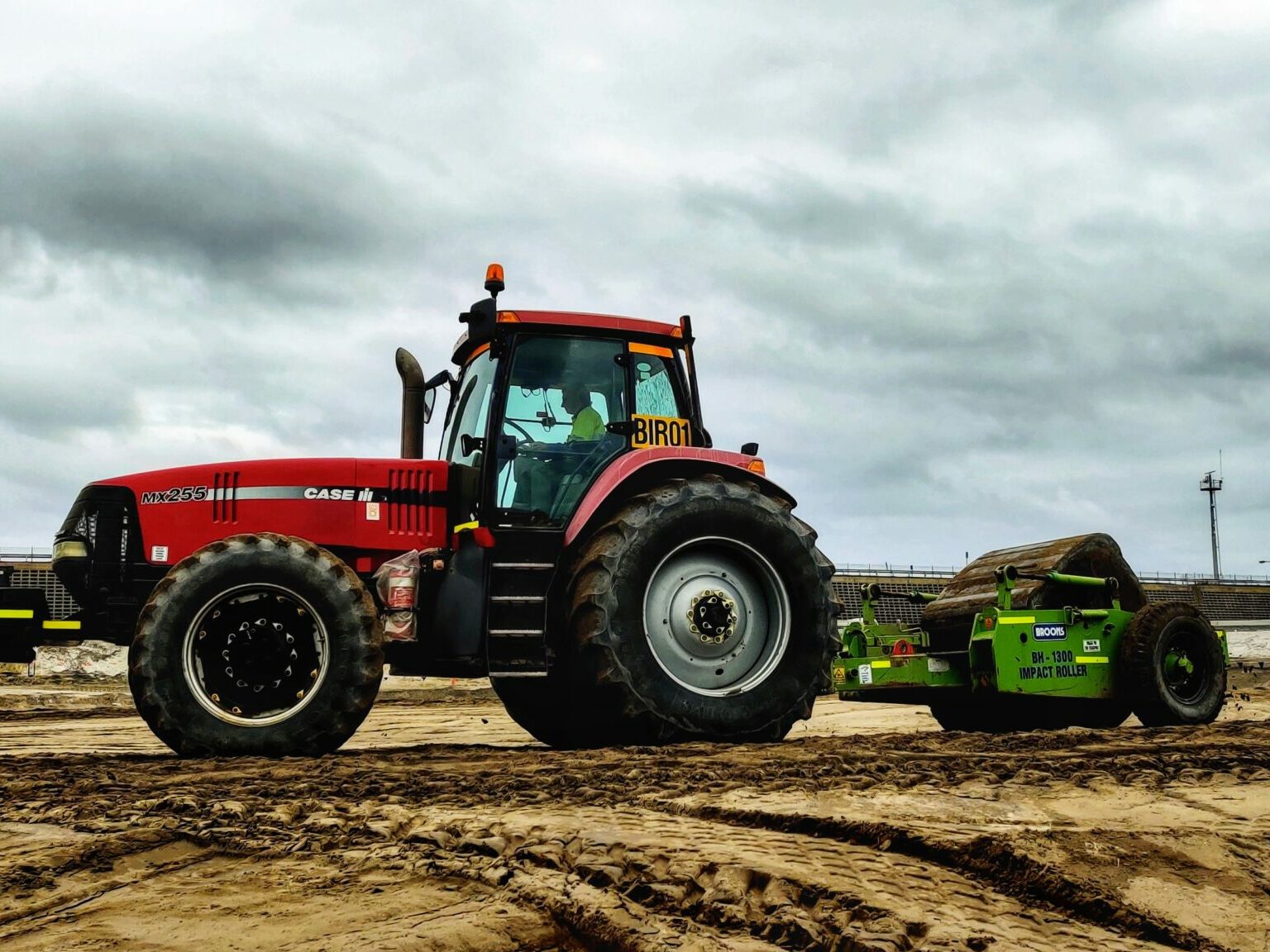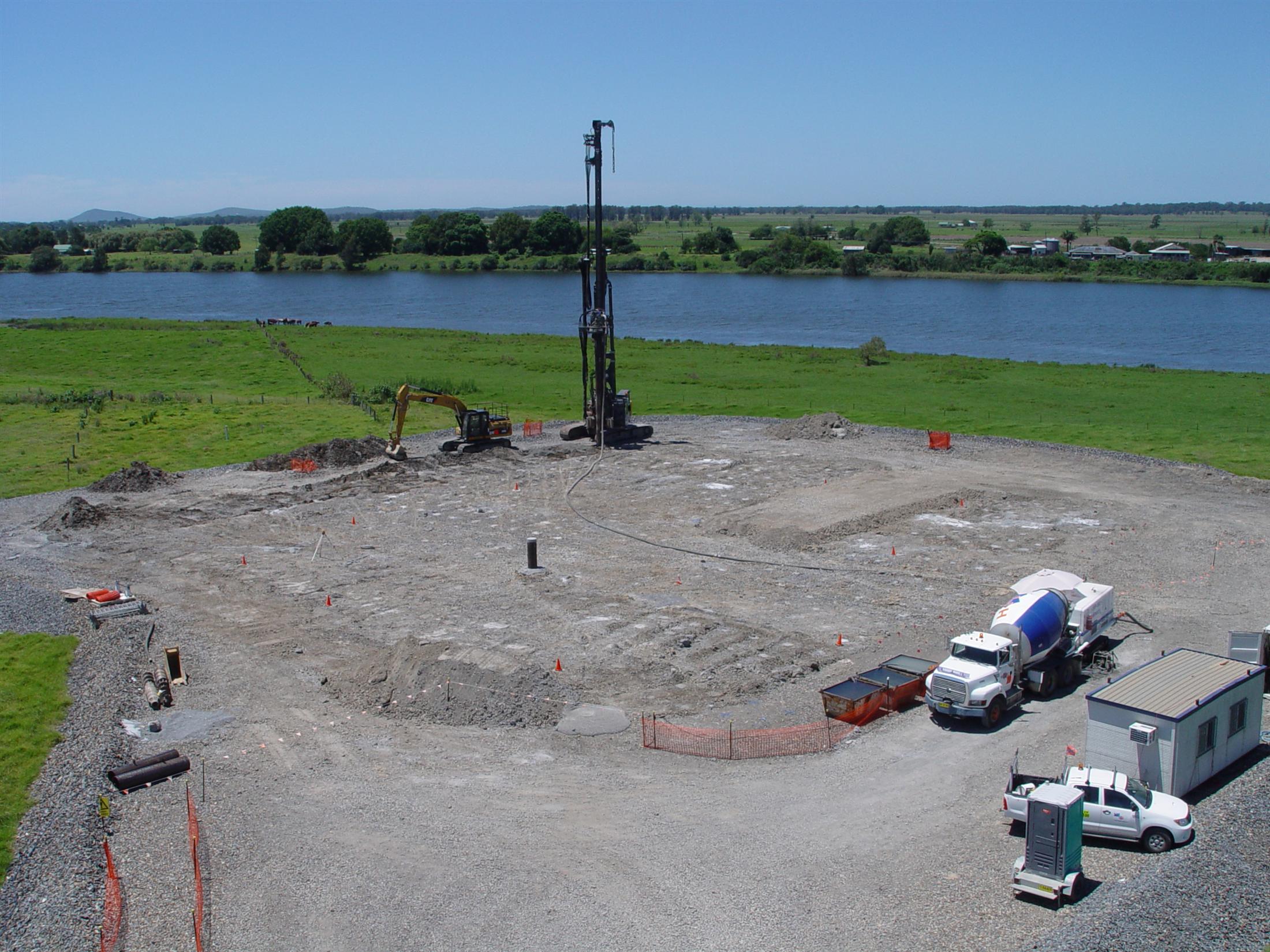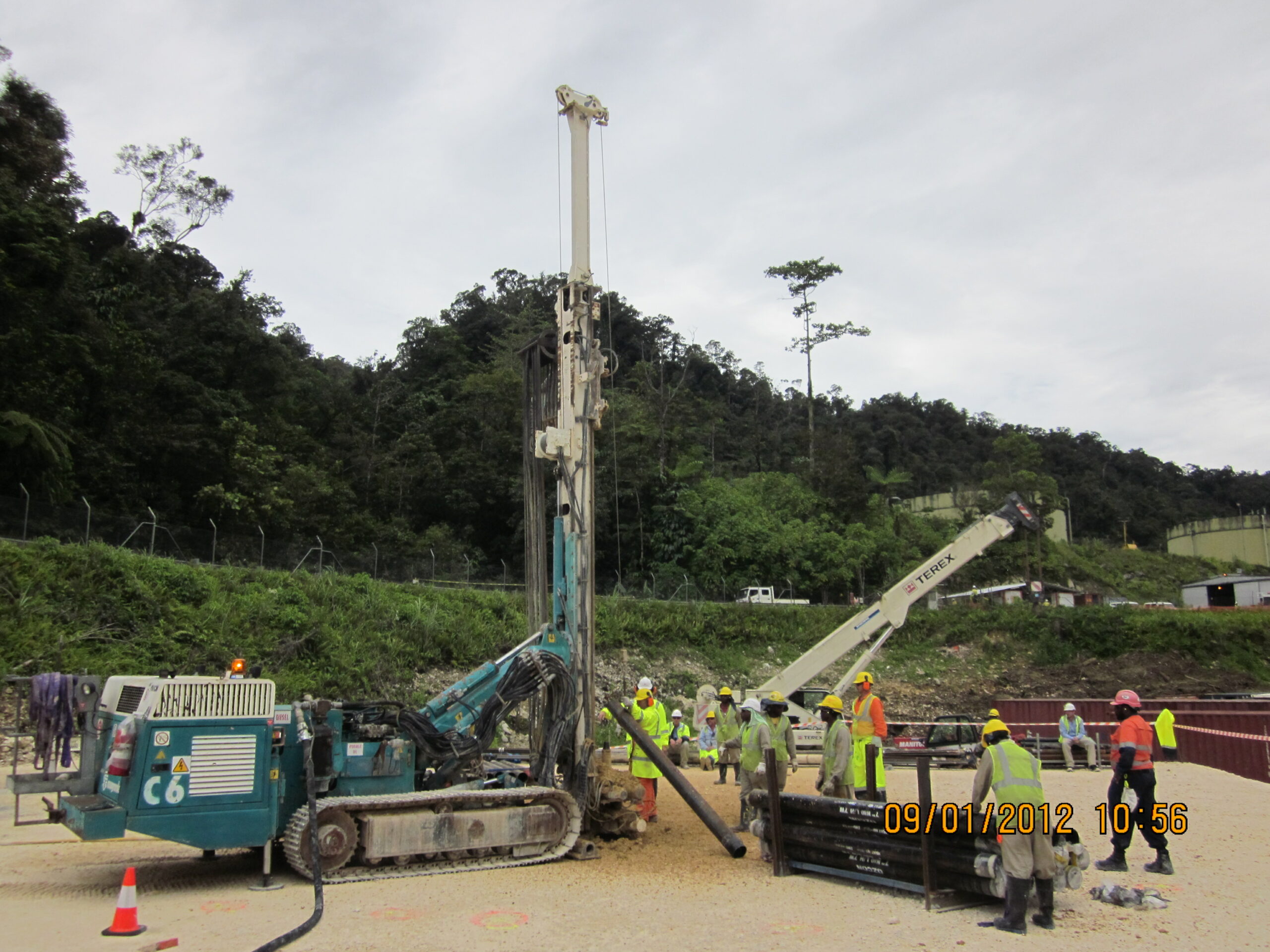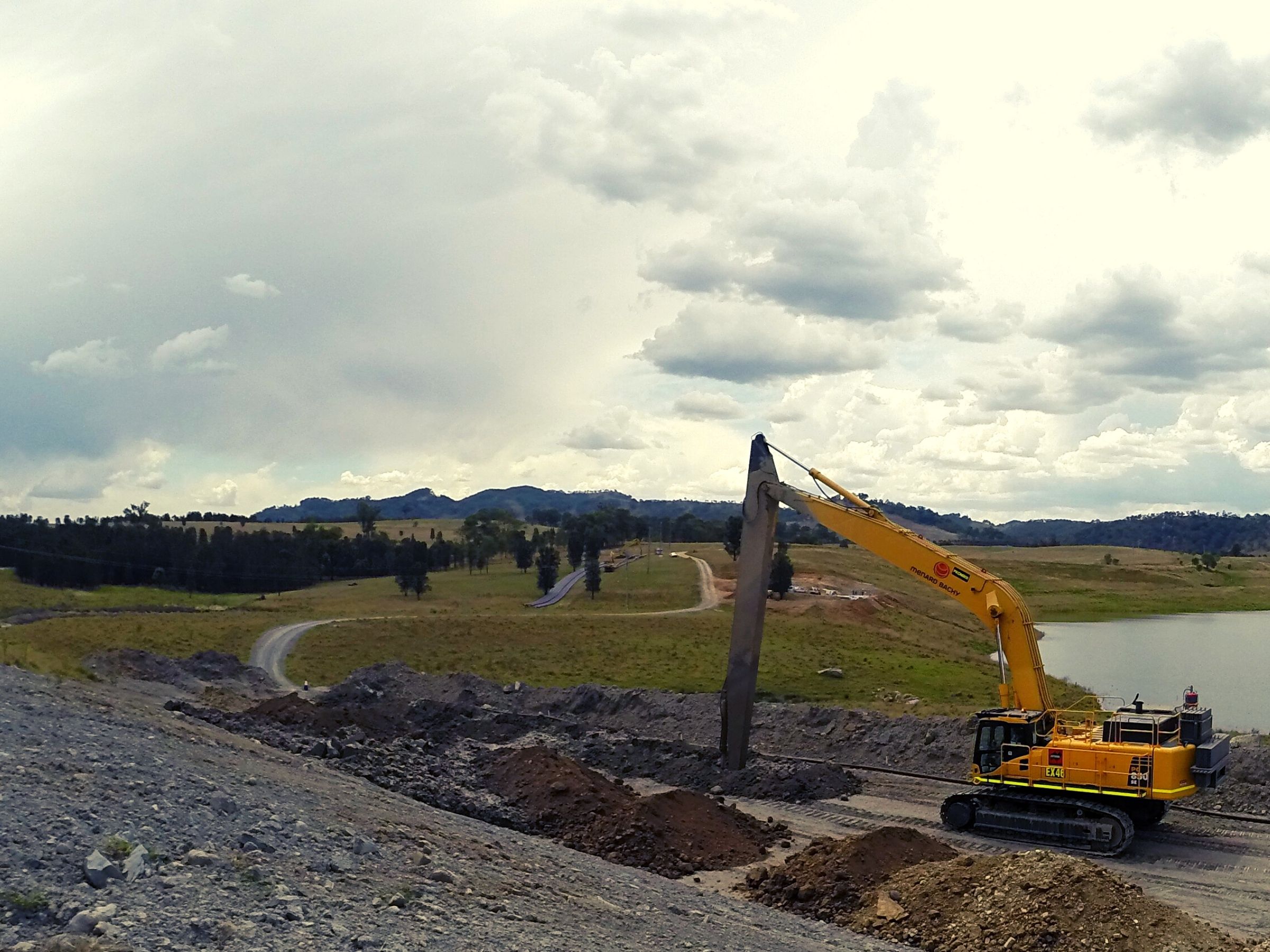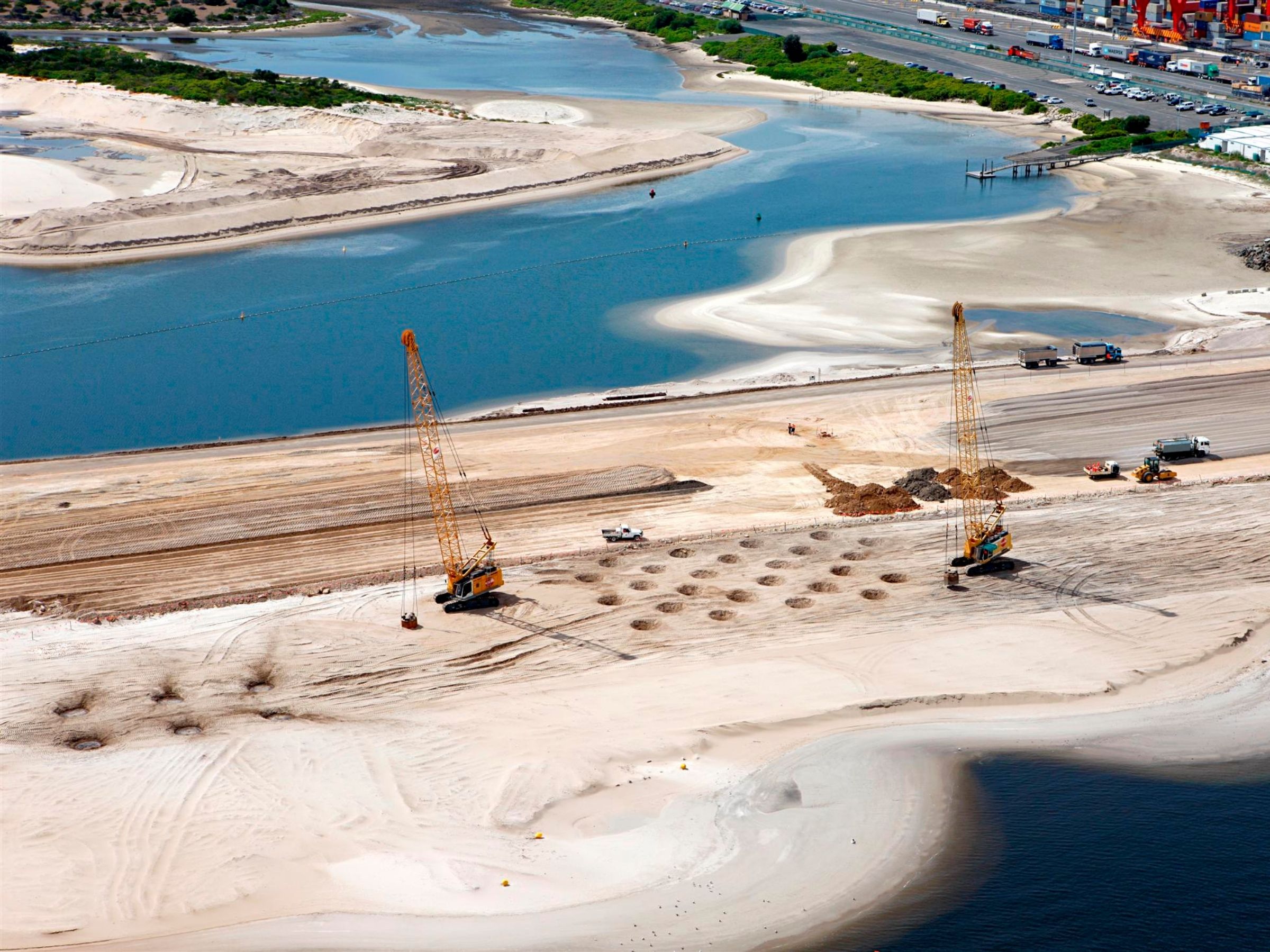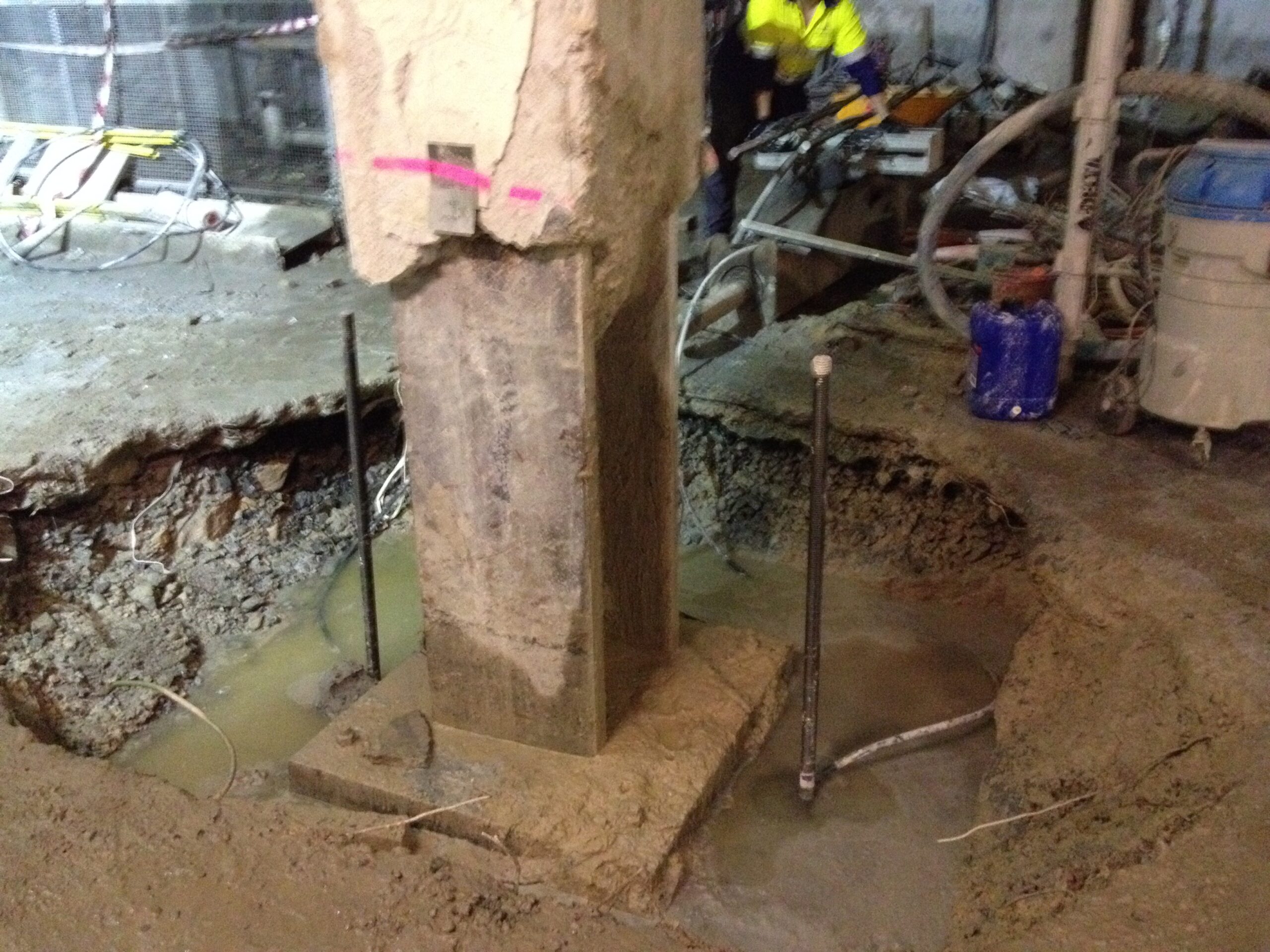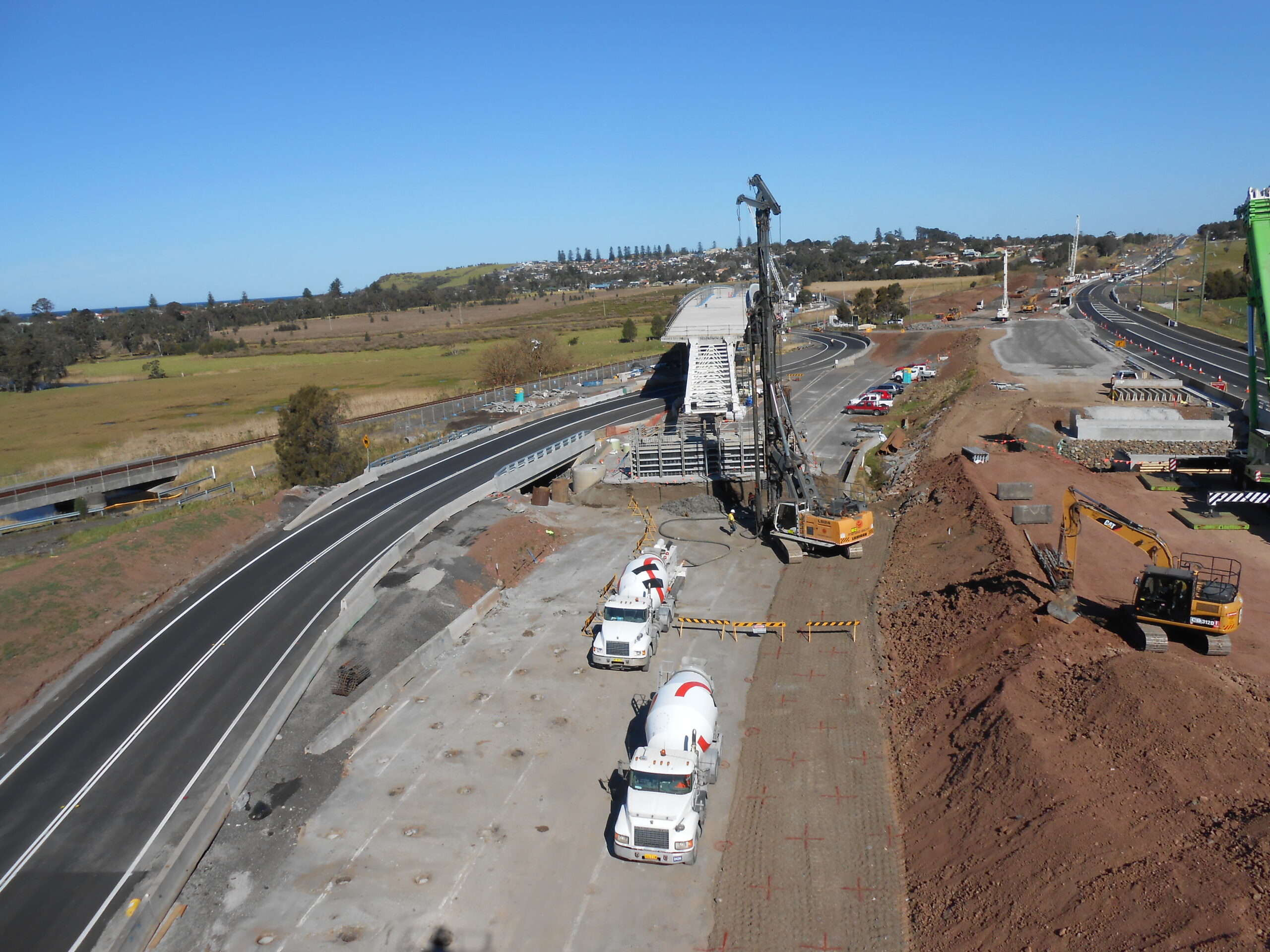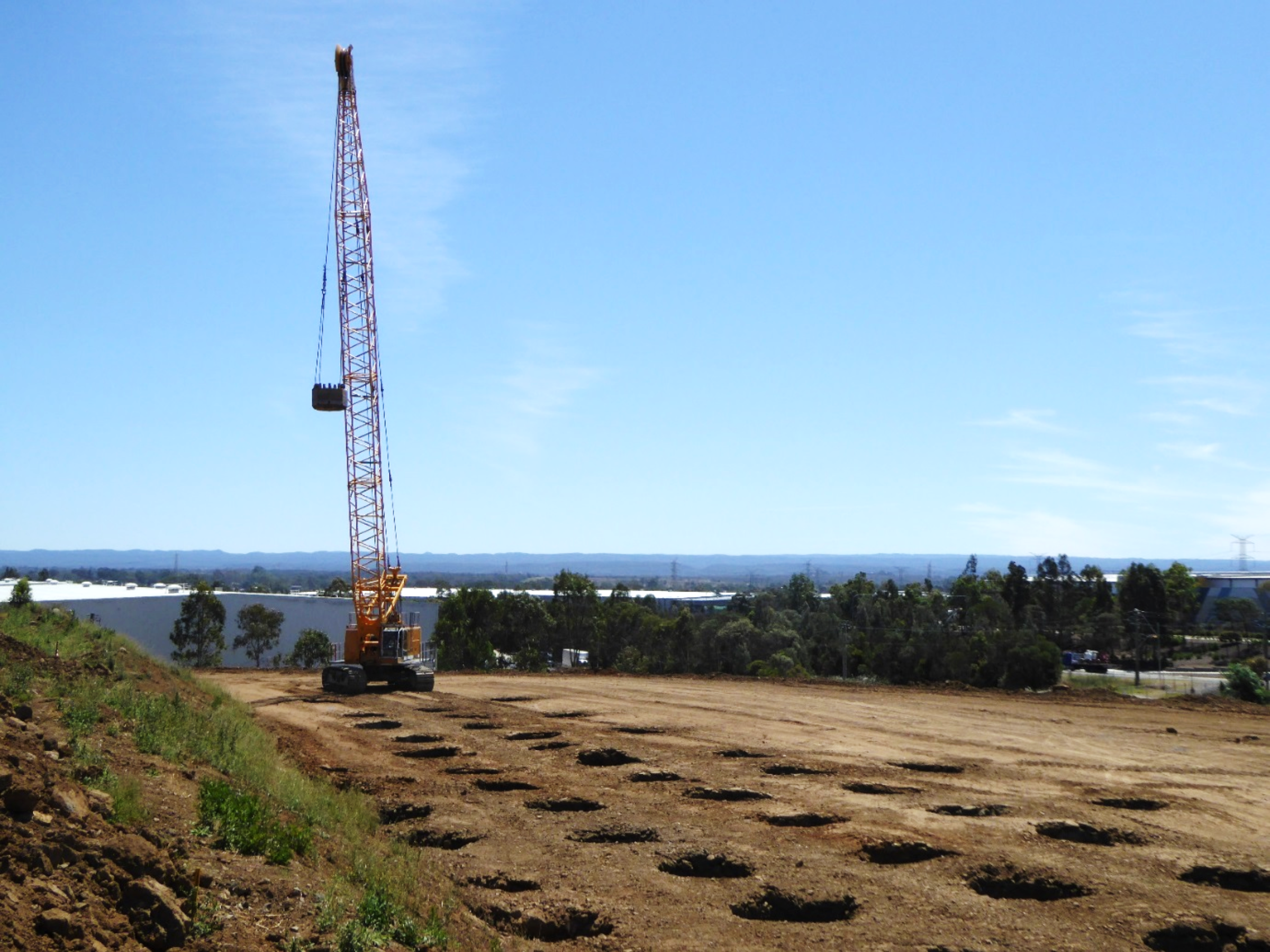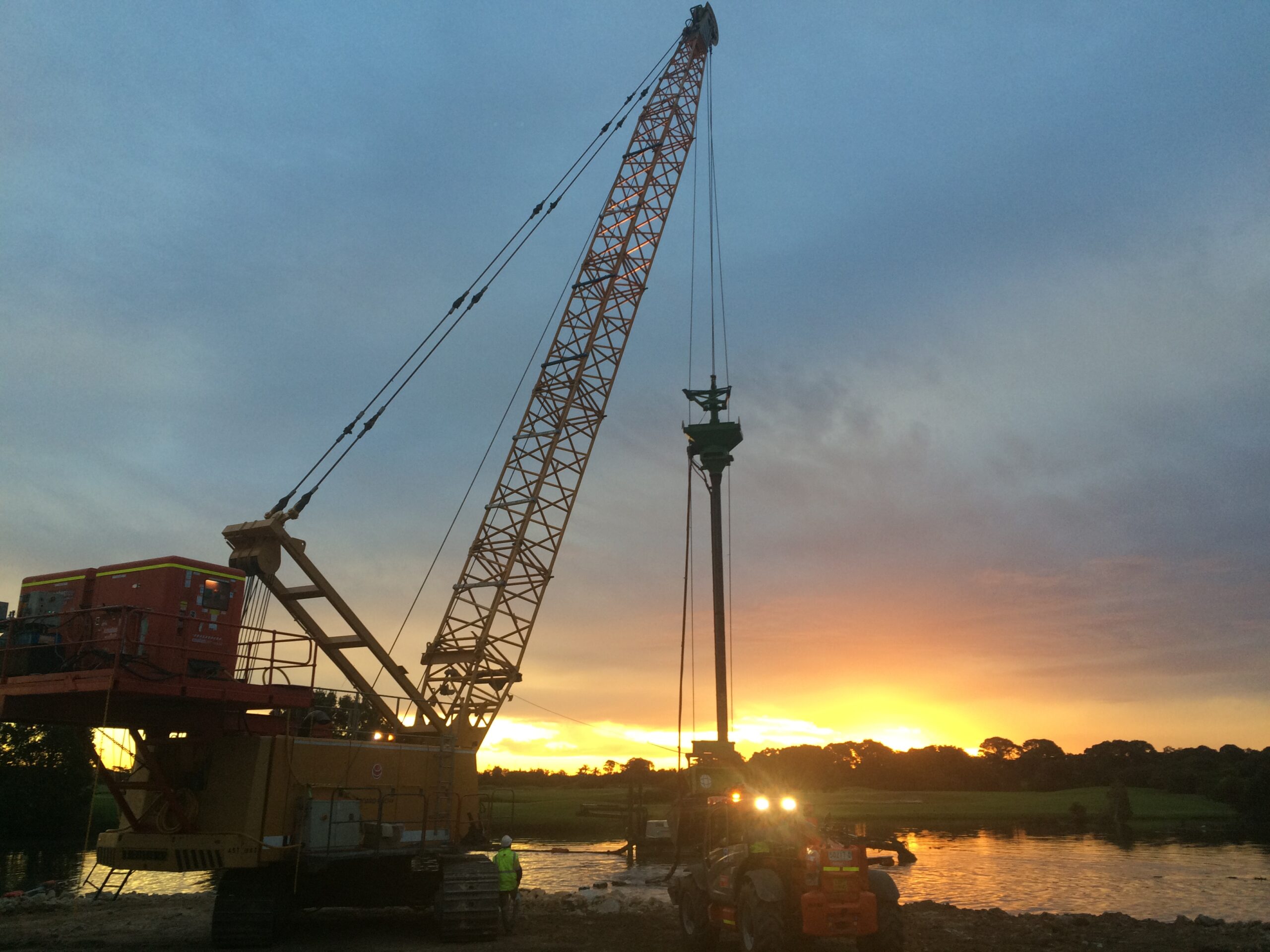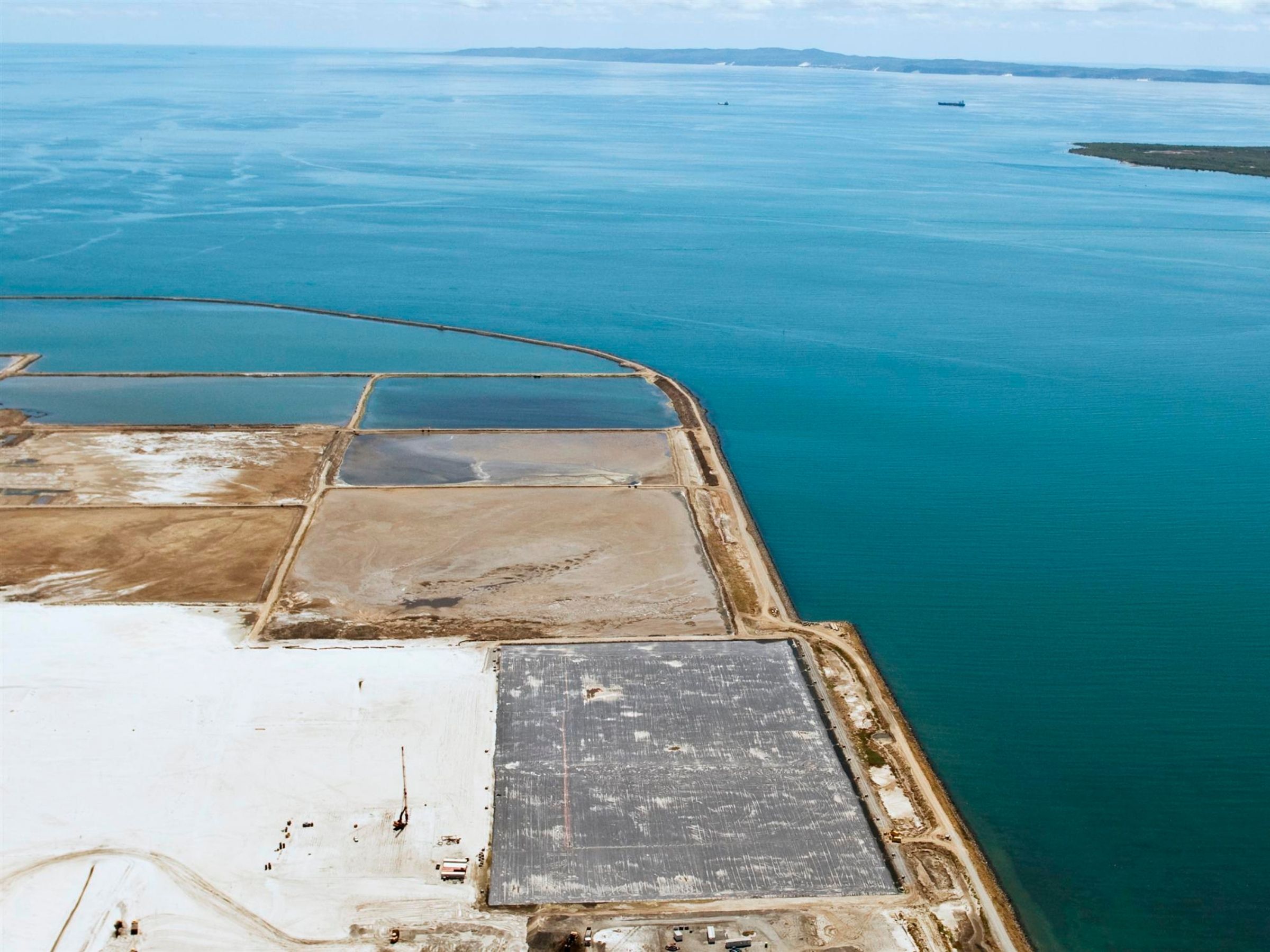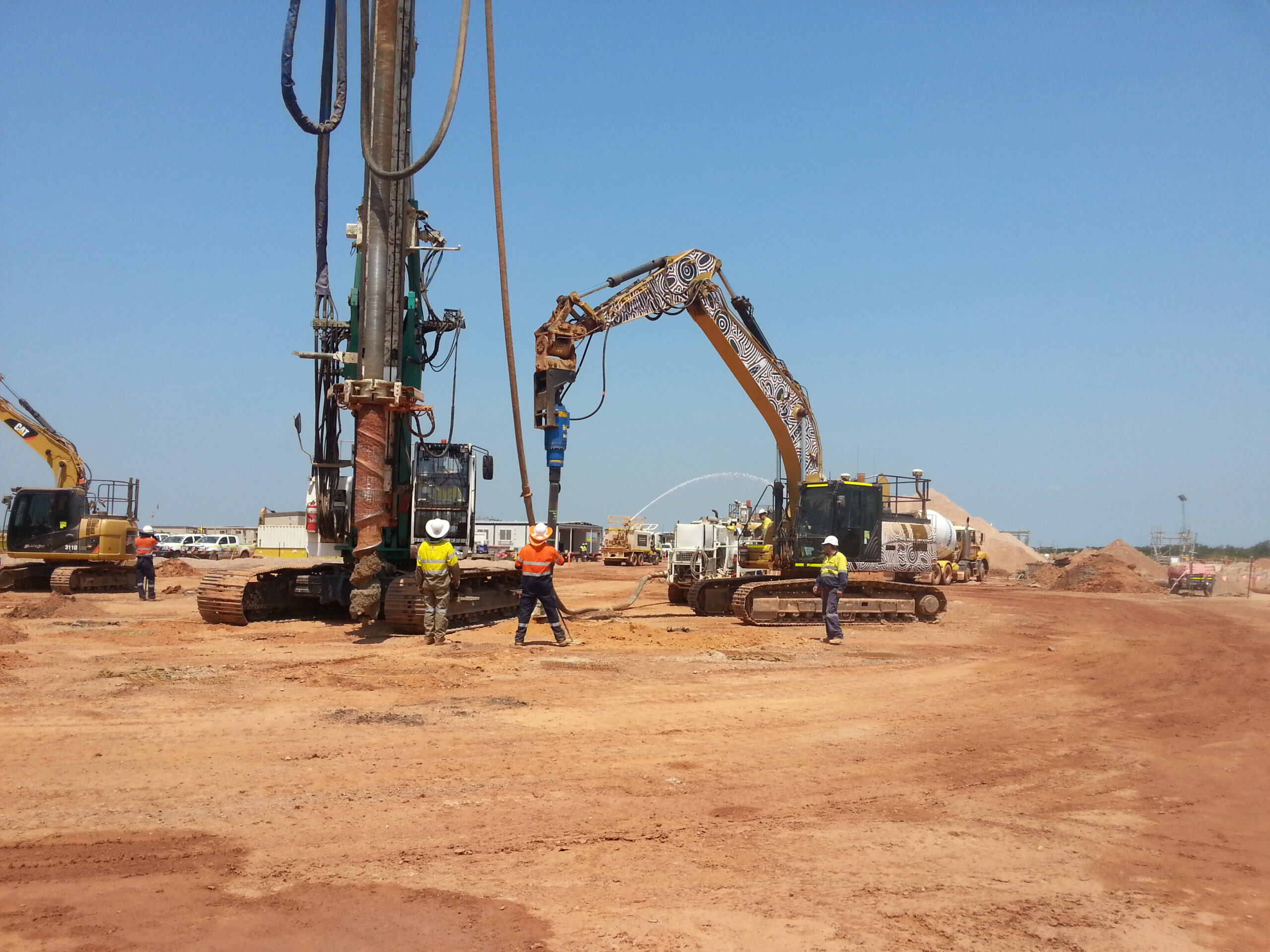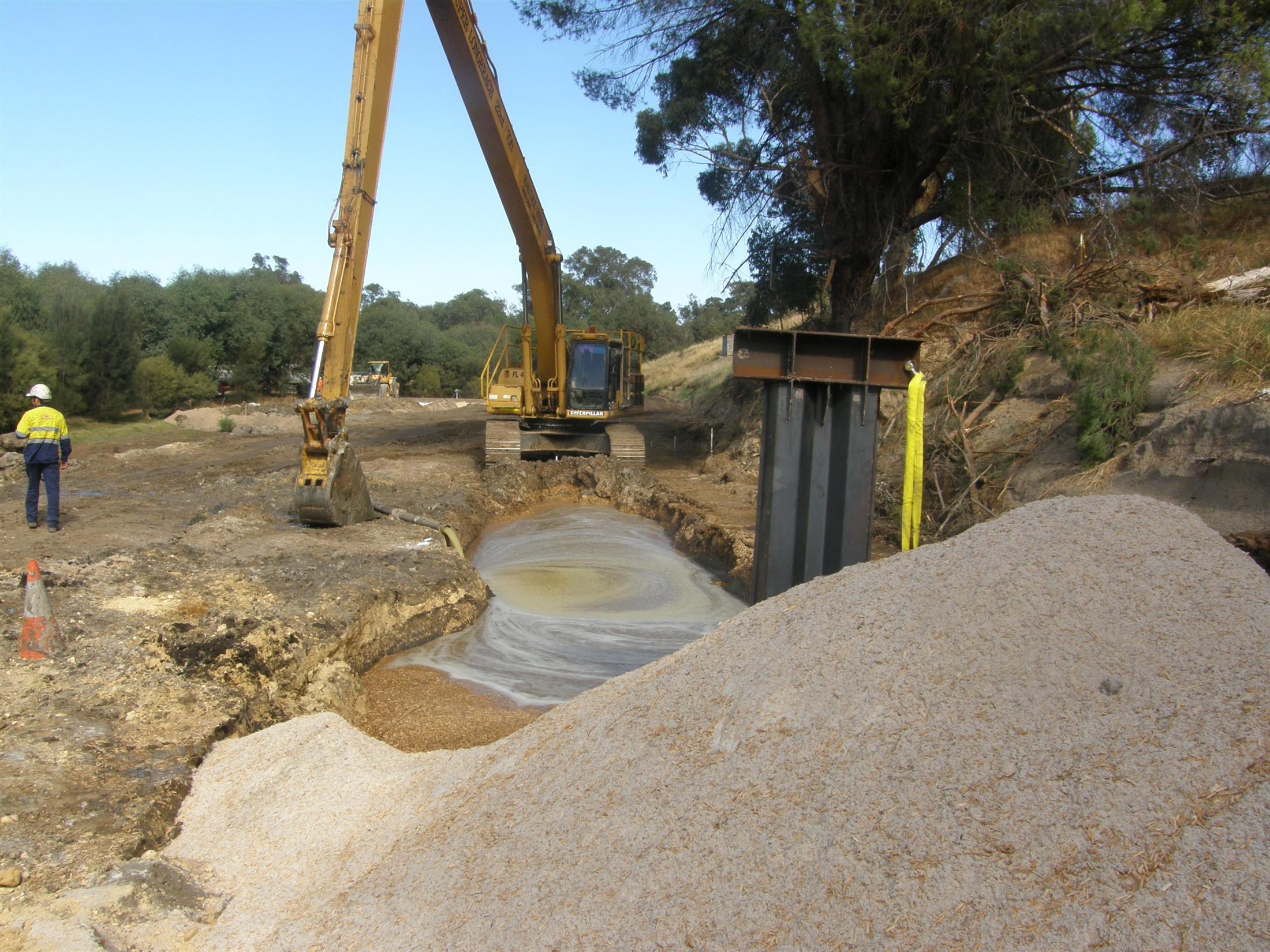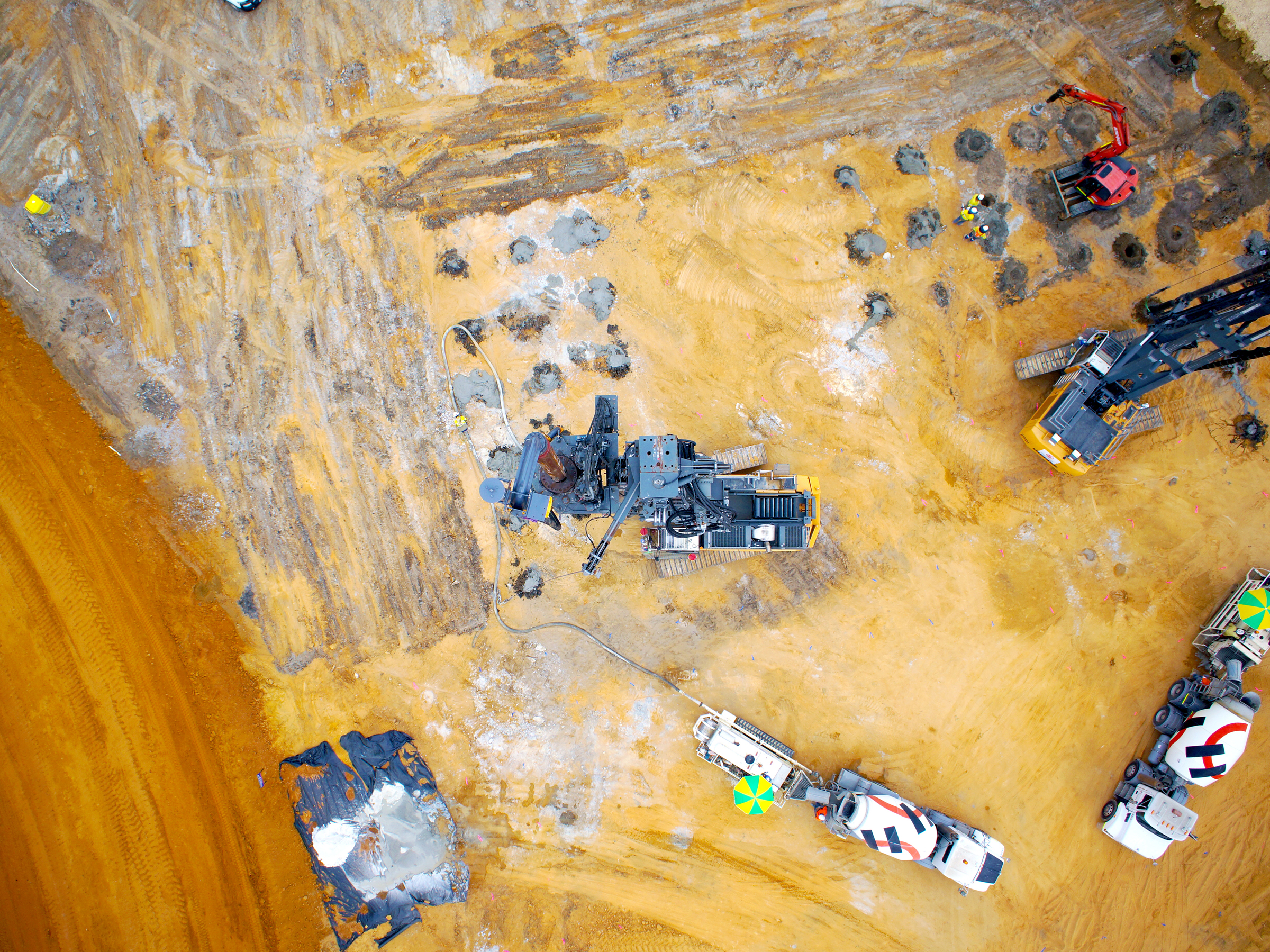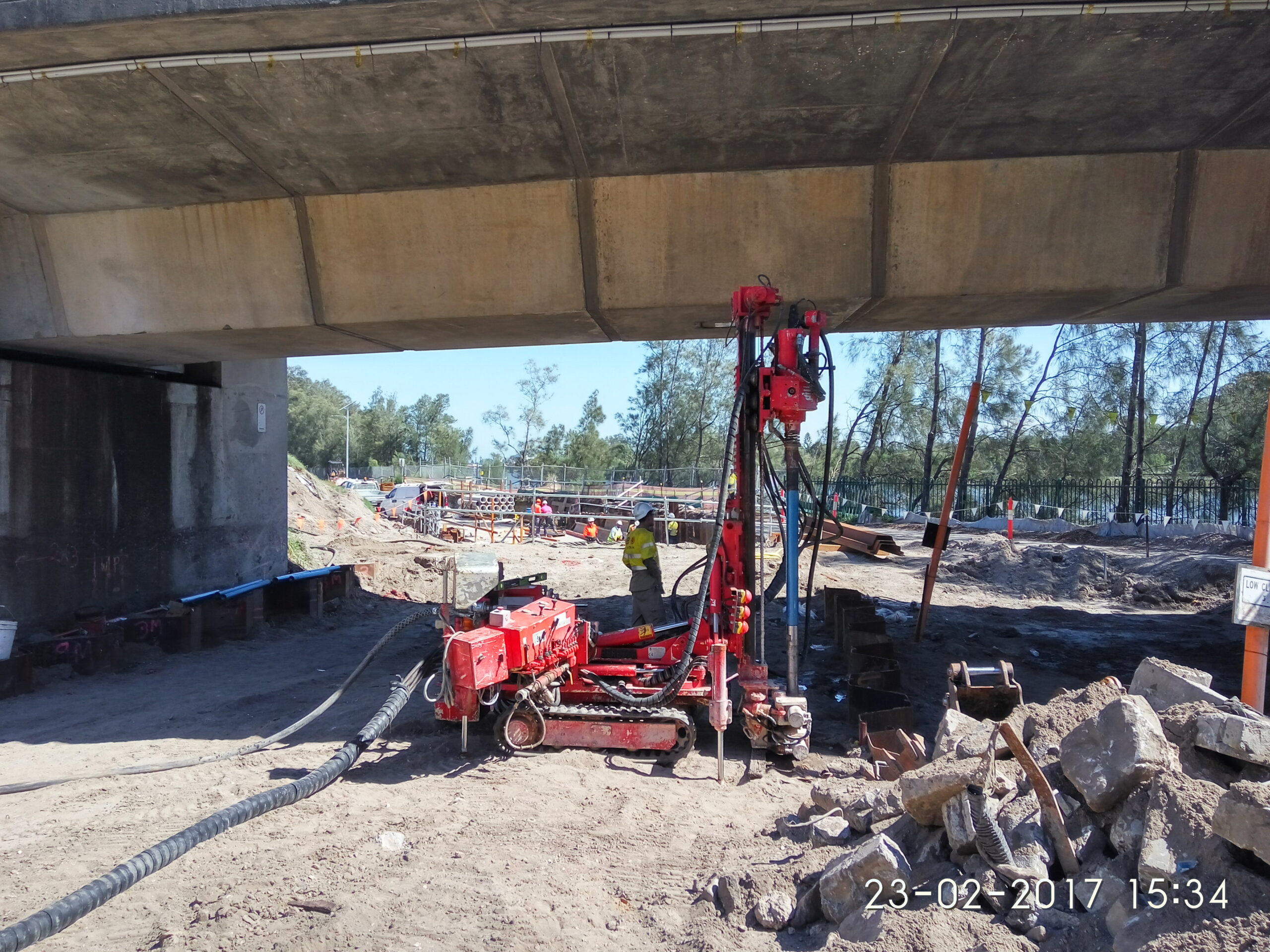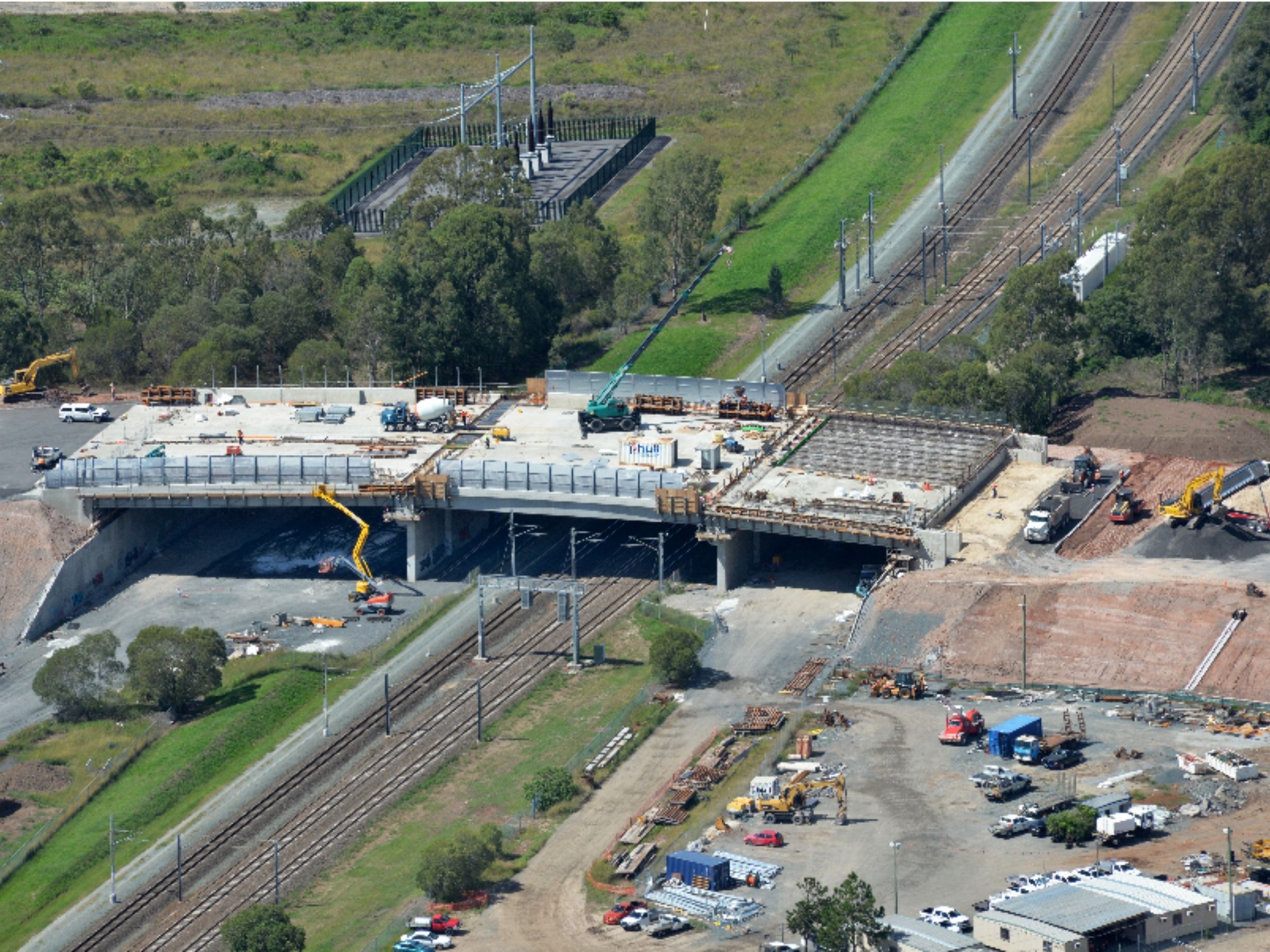Brisbane International Cruise Terminal Project
The Port of Brisbane (PBPL) is developing a new cruise terminal facility for Brisbane located at Luggage Point.
The Brisbane International Cruise Terminal (BICT) is proposed to include a large car parking area, a new
terminal building, an operation yard and a 200m long wharf.
The two story terminal building is approximately 7600m2 in area with peak building occupancy population of
approximately 820 passengers and crew, approximately 100 terminal operational and security staff, and 30
Federal (Customs, Immigration and Quarantine) Officers. The Operations yard area is approximately 3300m2 in
area and extends from the building up to the seawall. The area is designed to support containers loading and
vehicle loading including temporary crane loading.
Client’s brief was to provide a cost-effective ground improvement solution that would limit long term settlements
to 30mm and 50mm under the Terminal Building and Operations yard, respectively. In addition, the ground
improvement solution was to provide adequate capacity for high lateral loads from a design seismic event.
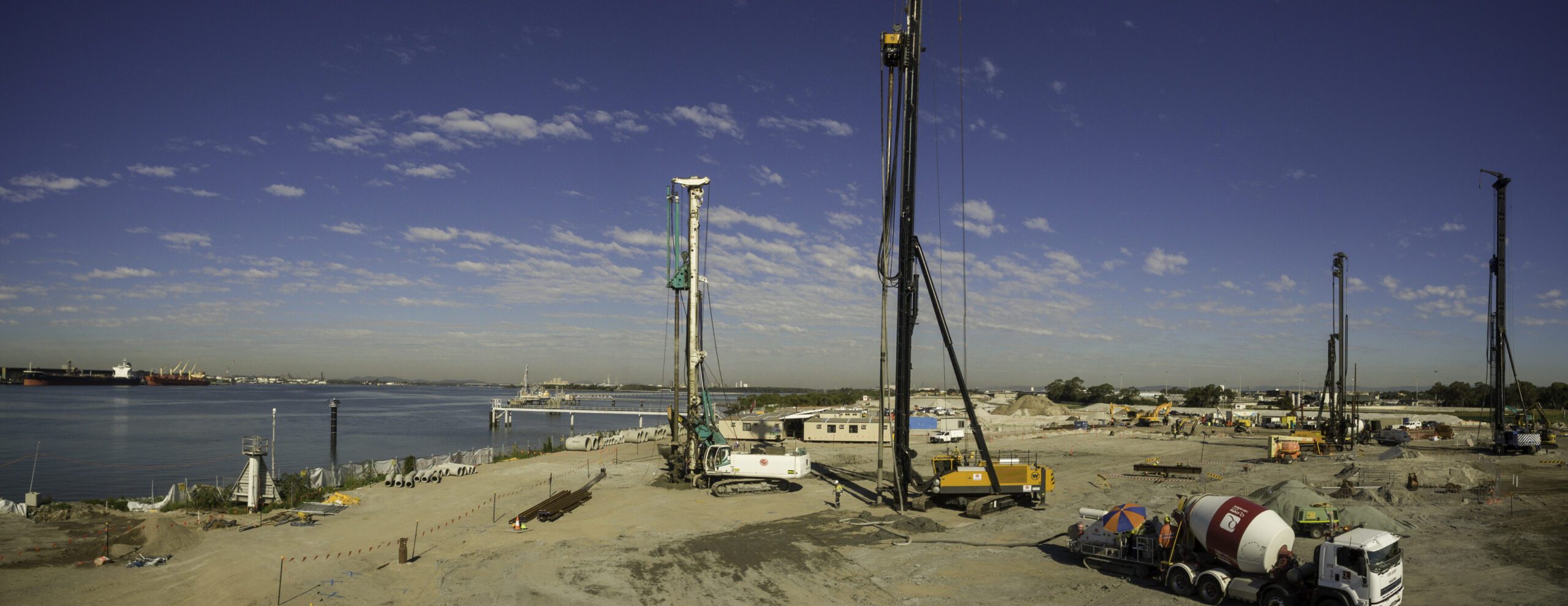
The site is underlain by thick and compact dredge sand which is then underlain by compressible alluvial soils,
extending to depths of up to 30m. Holocene alluviums are in turn underlain by stiff to very stiff Pleistocene clays.
Although the site has been surcharged, without additional ground improvement works, expected settlements
could lead to structural damage of the building and slabs on ground.
For the Brisbane Cruise Ship terminal, Menard developed and implemented an innovative hybrid solution by
combining two techniques; Controlled Modulus Columns (CMCs) for settlement control and Deep Soil Mixing
(DSM) for building stability. This solution provides substantial cost savings that couldn’t have been achieved with a conventional piling approach.
Our solution was deemed more cost effective not only because of the lower cost of CMC and DSM installation vs
conventional pile installation, but it also allowed for redesign and significant optimisation of the slabs formed on ground.


